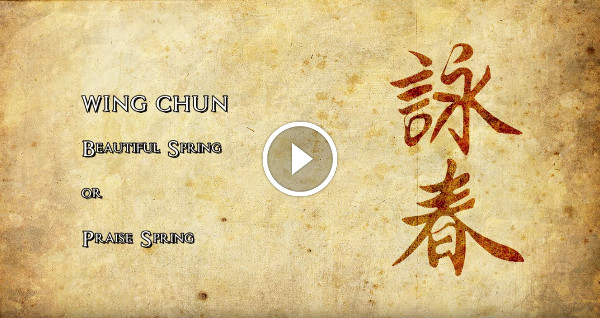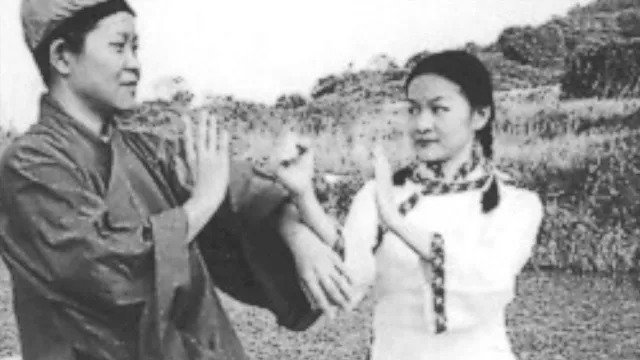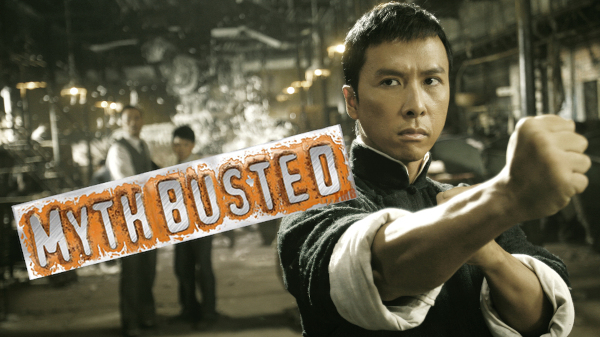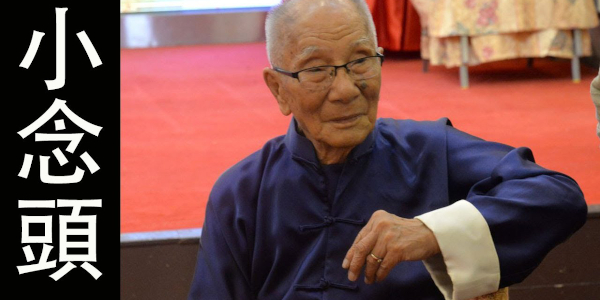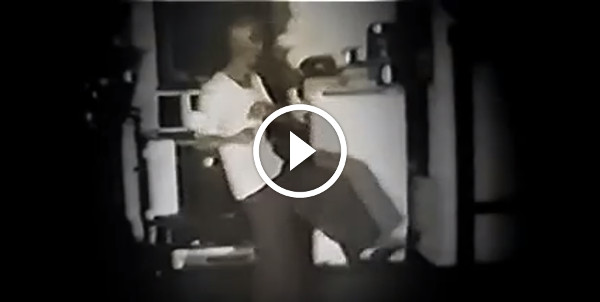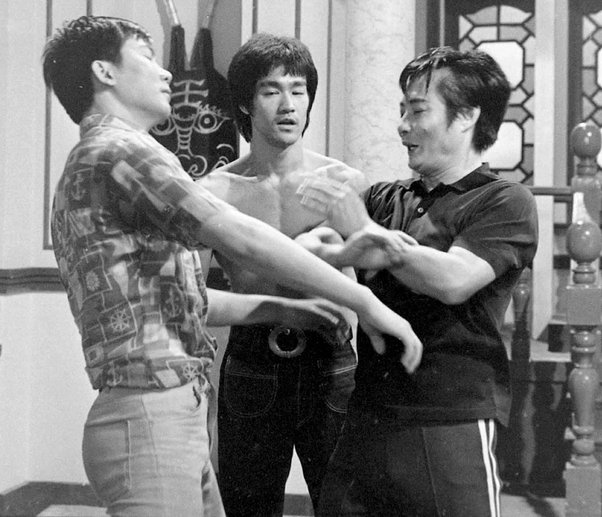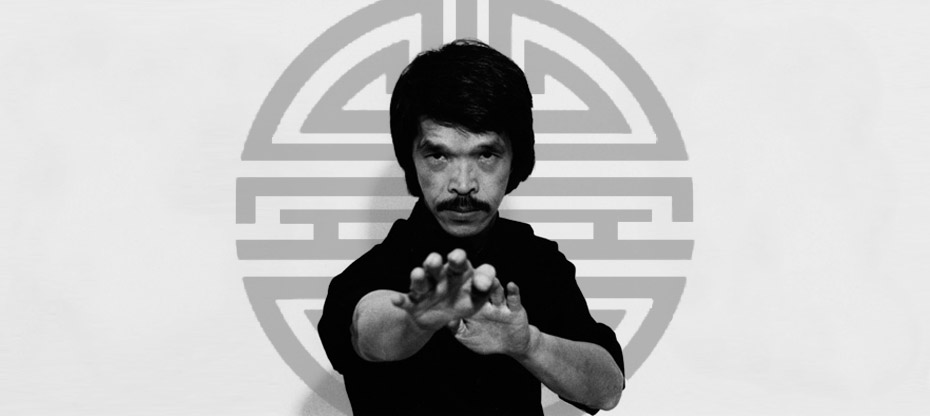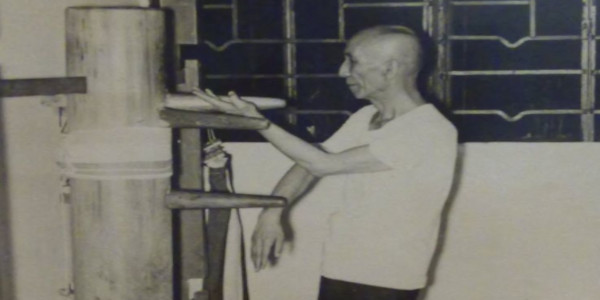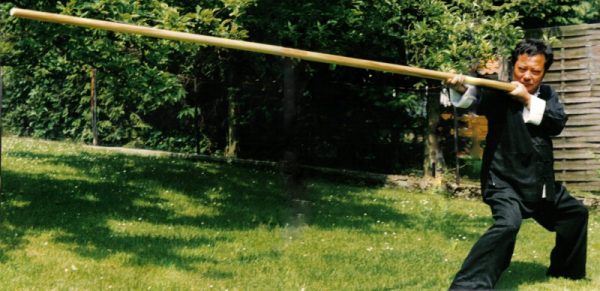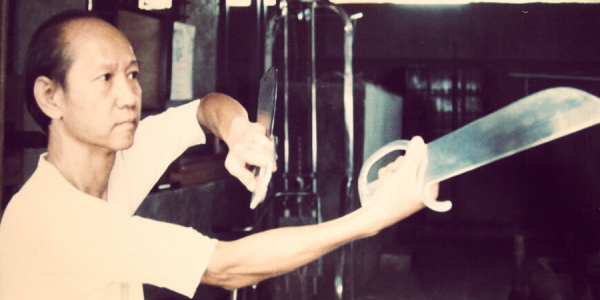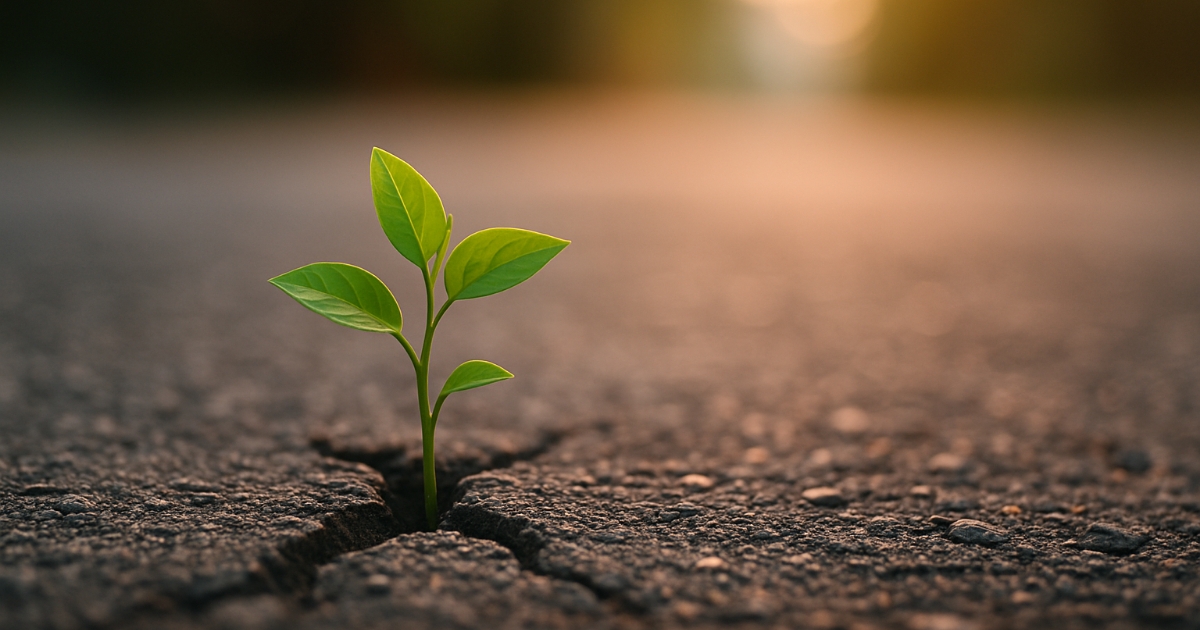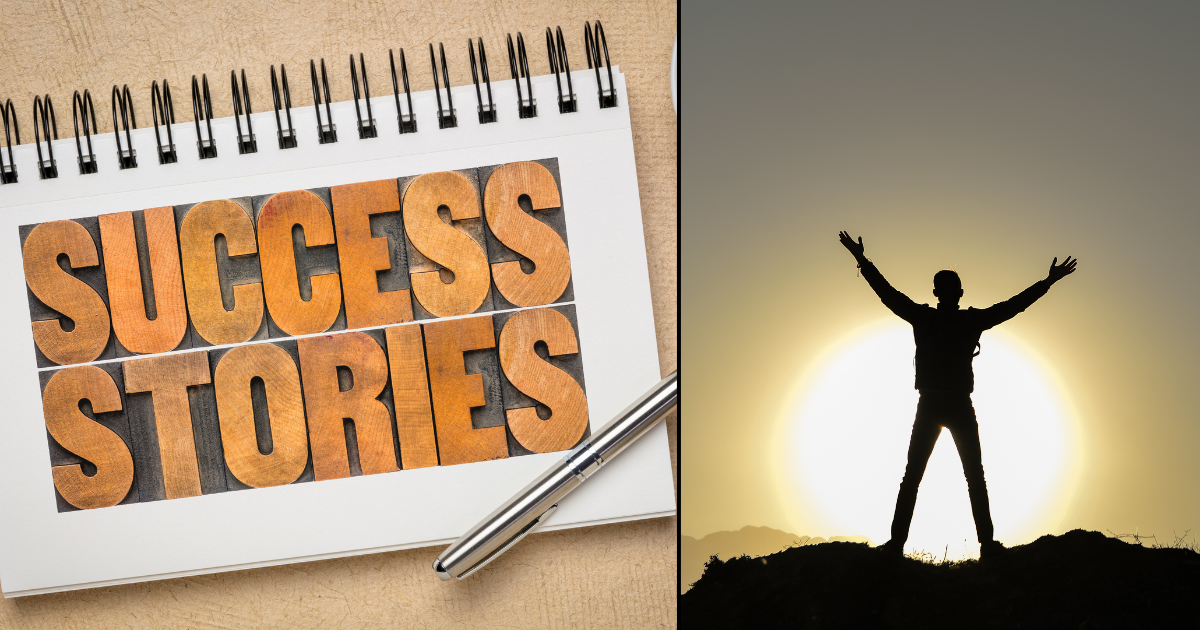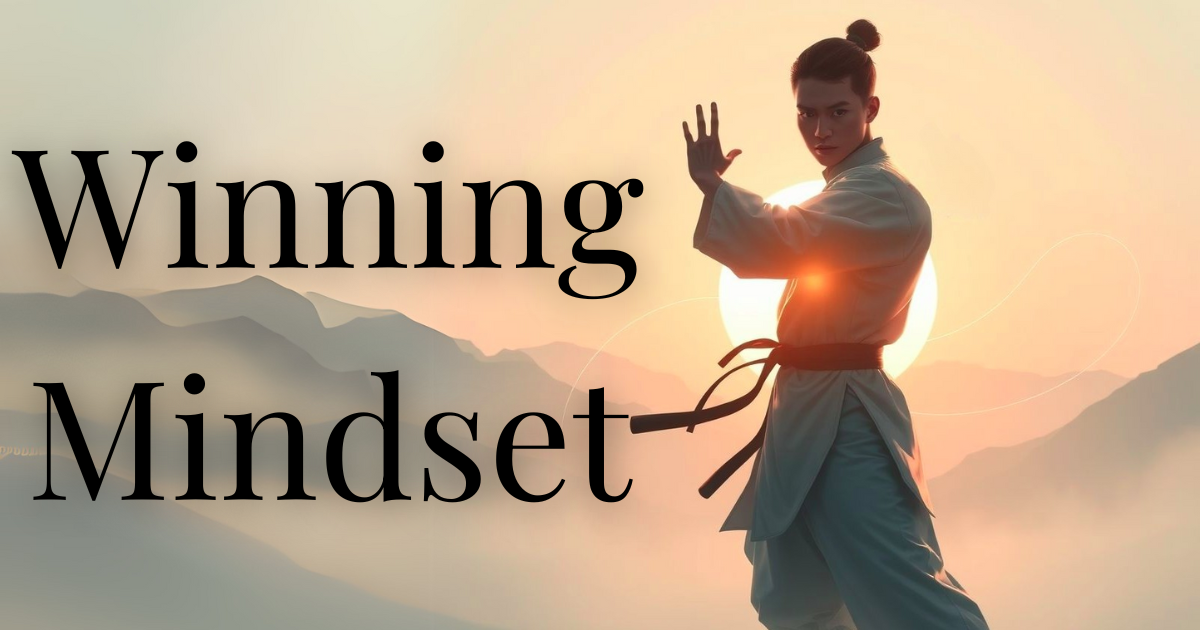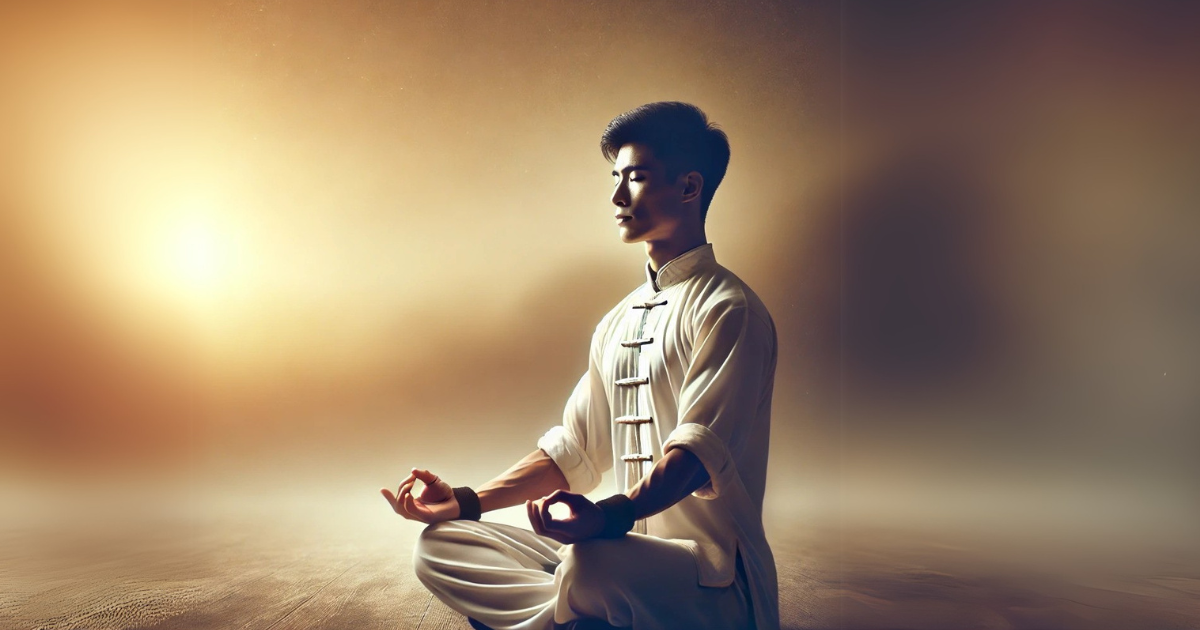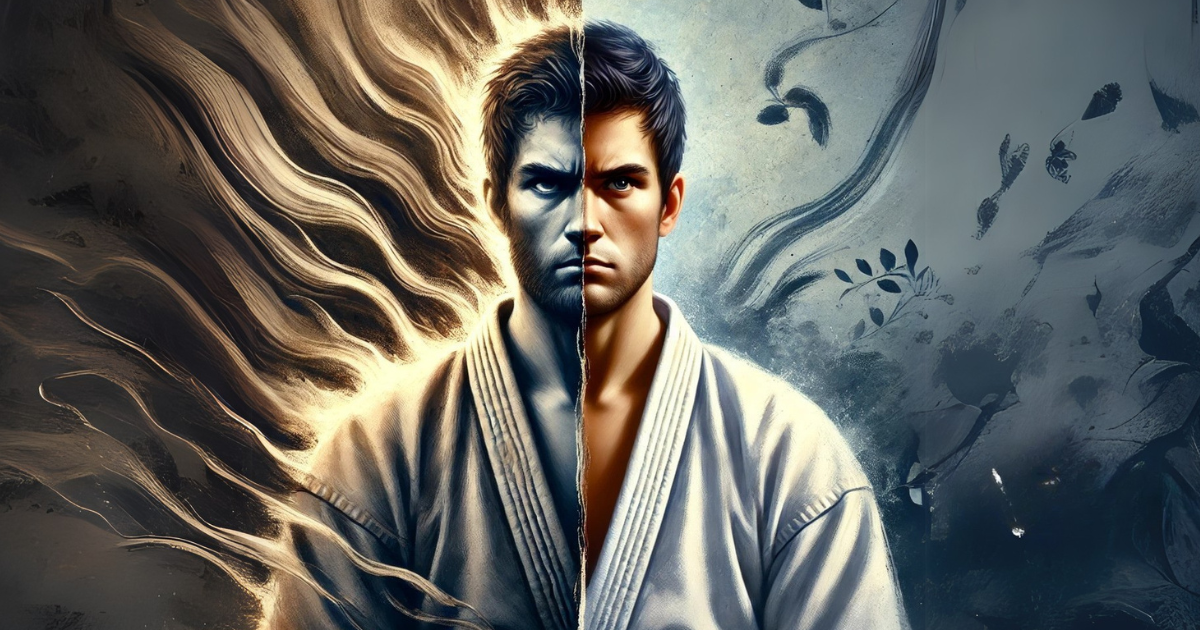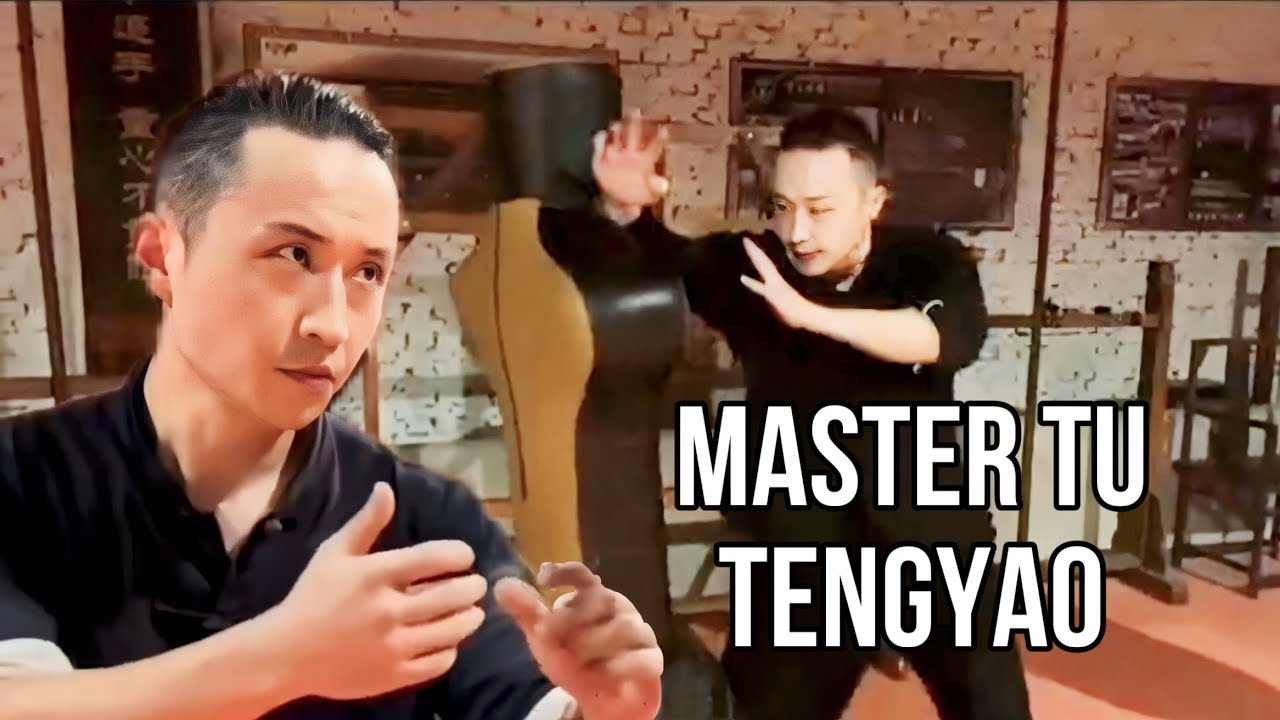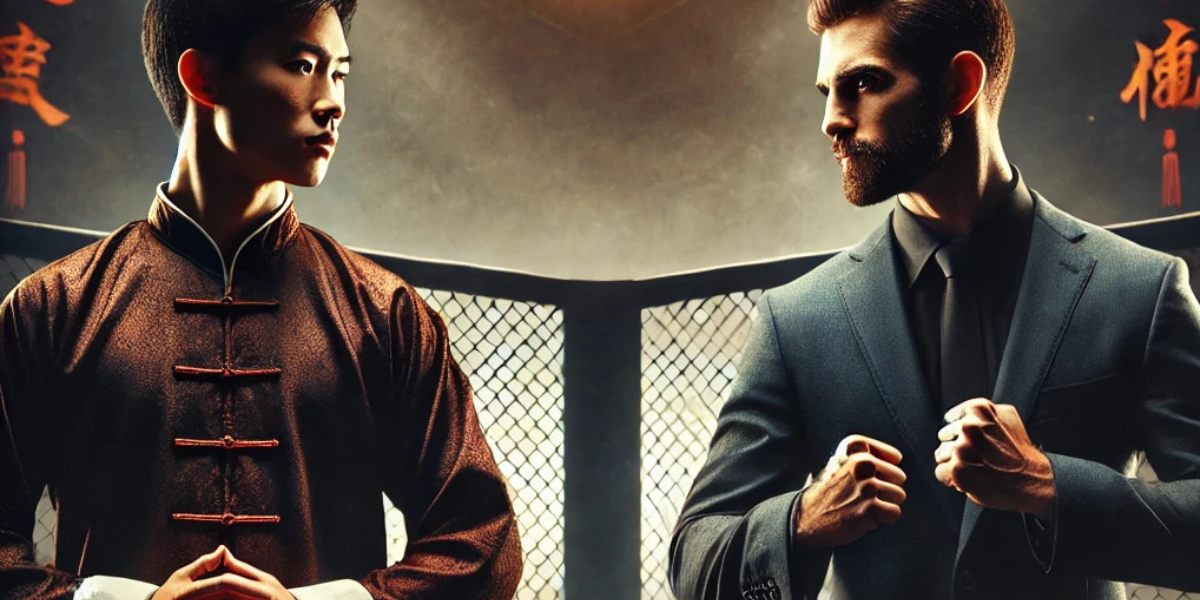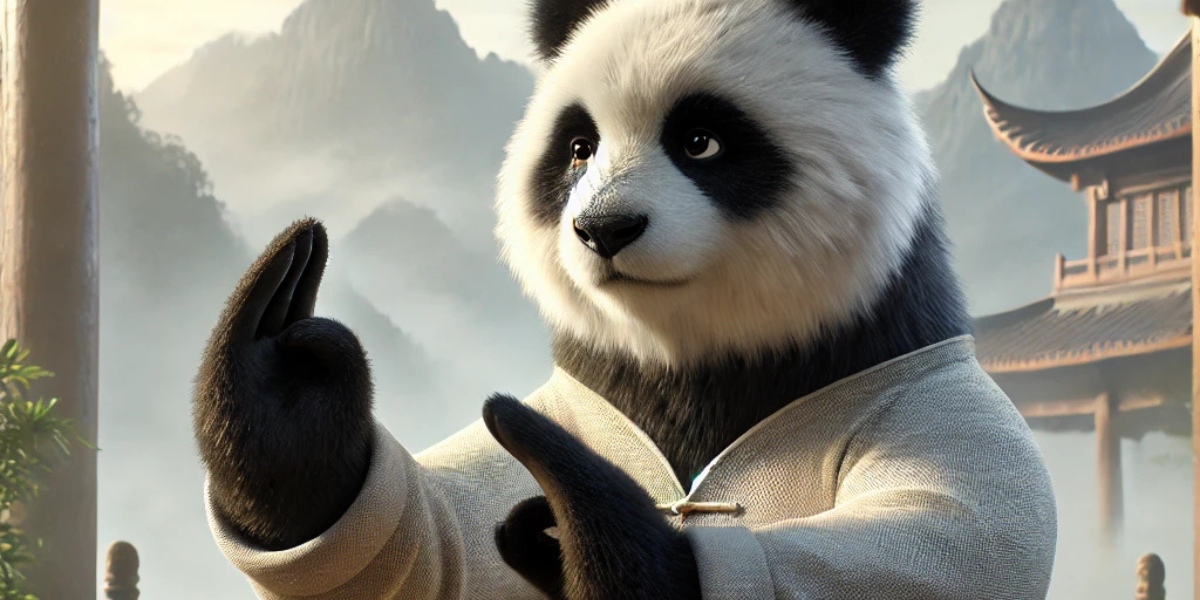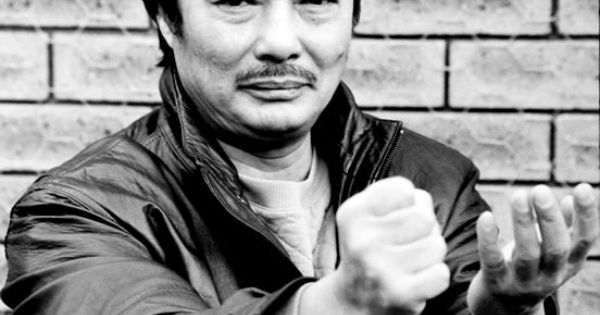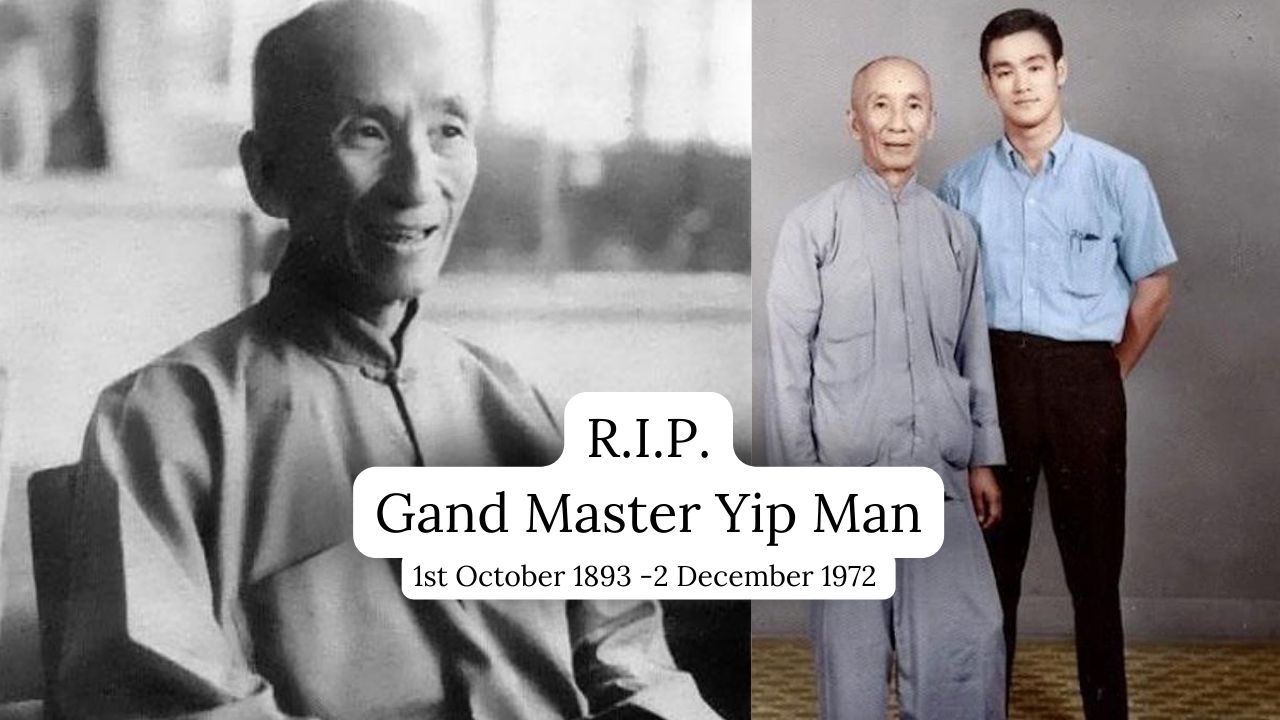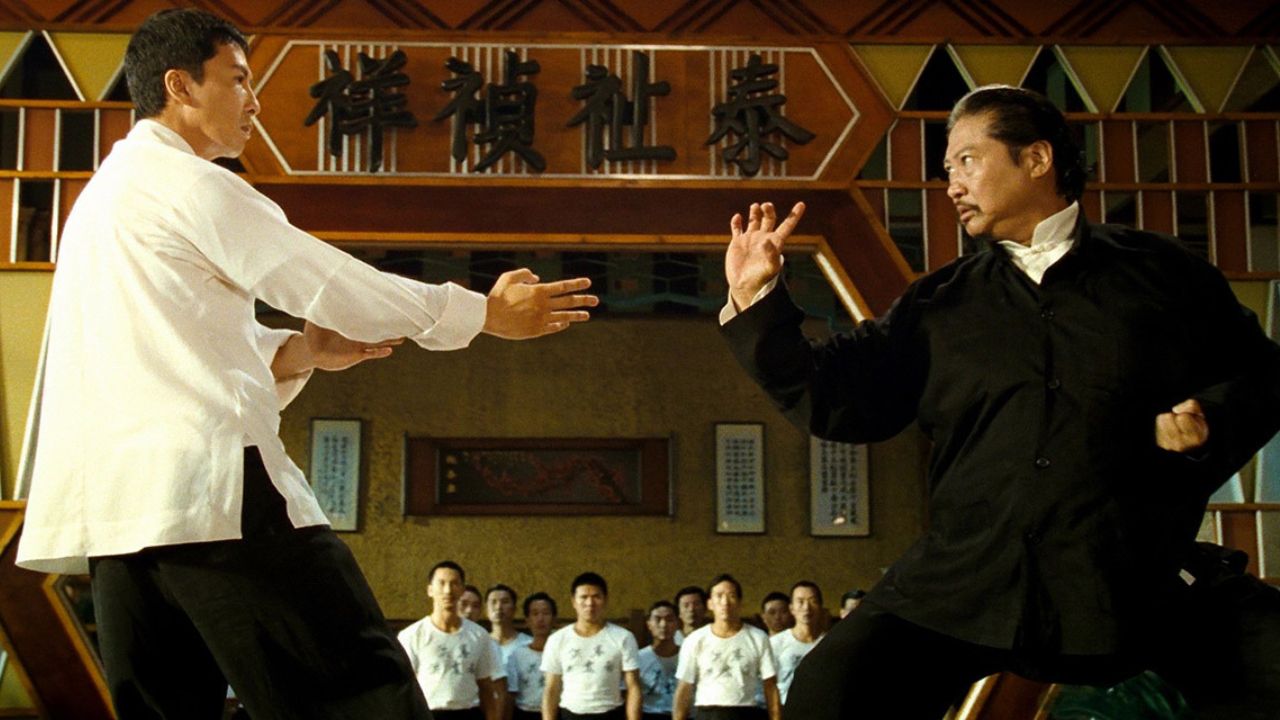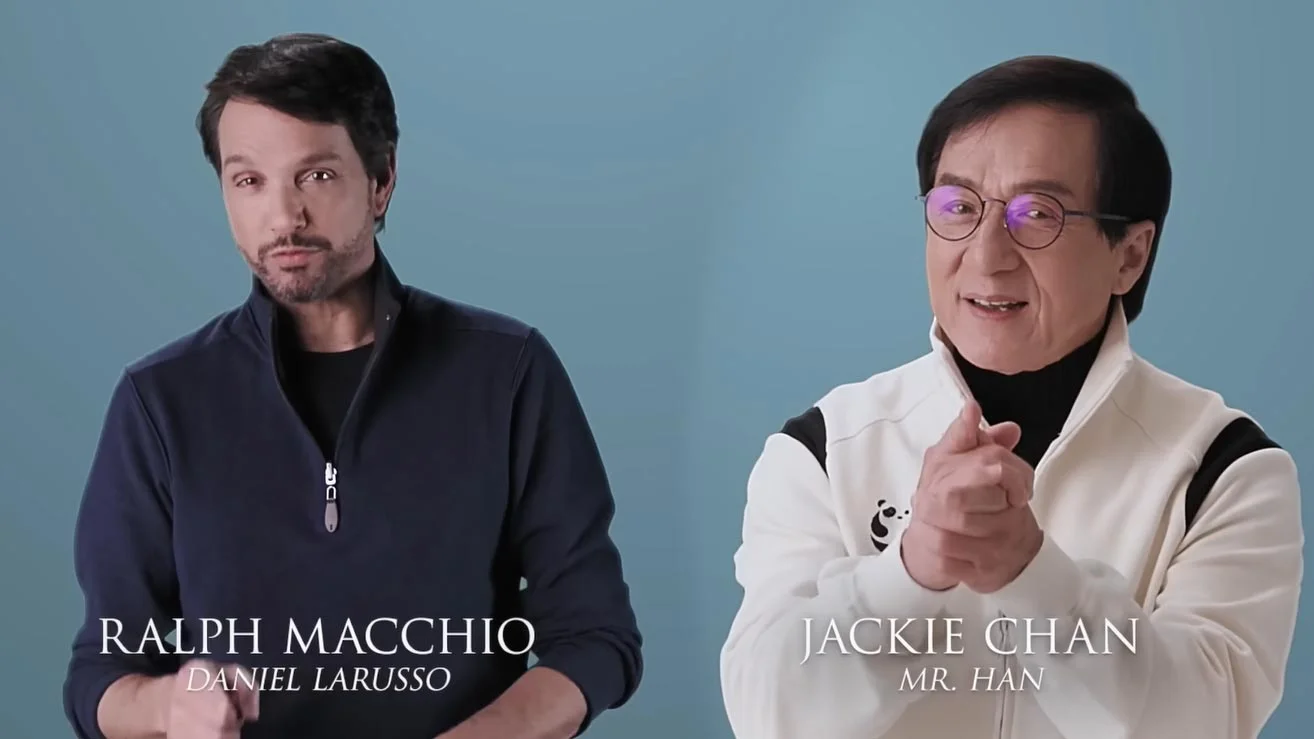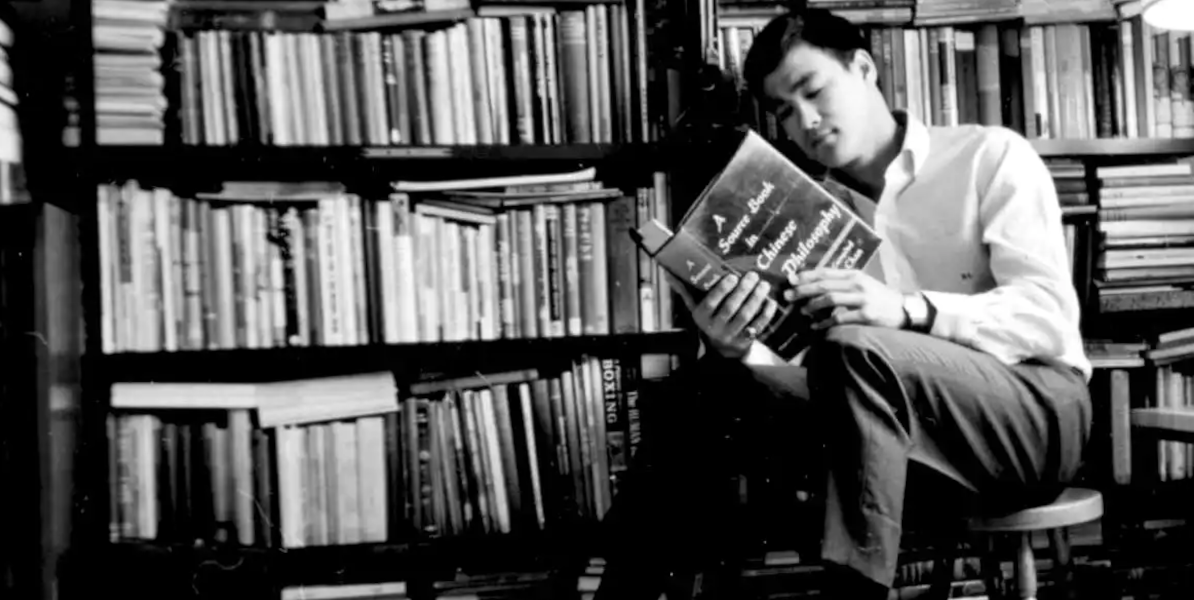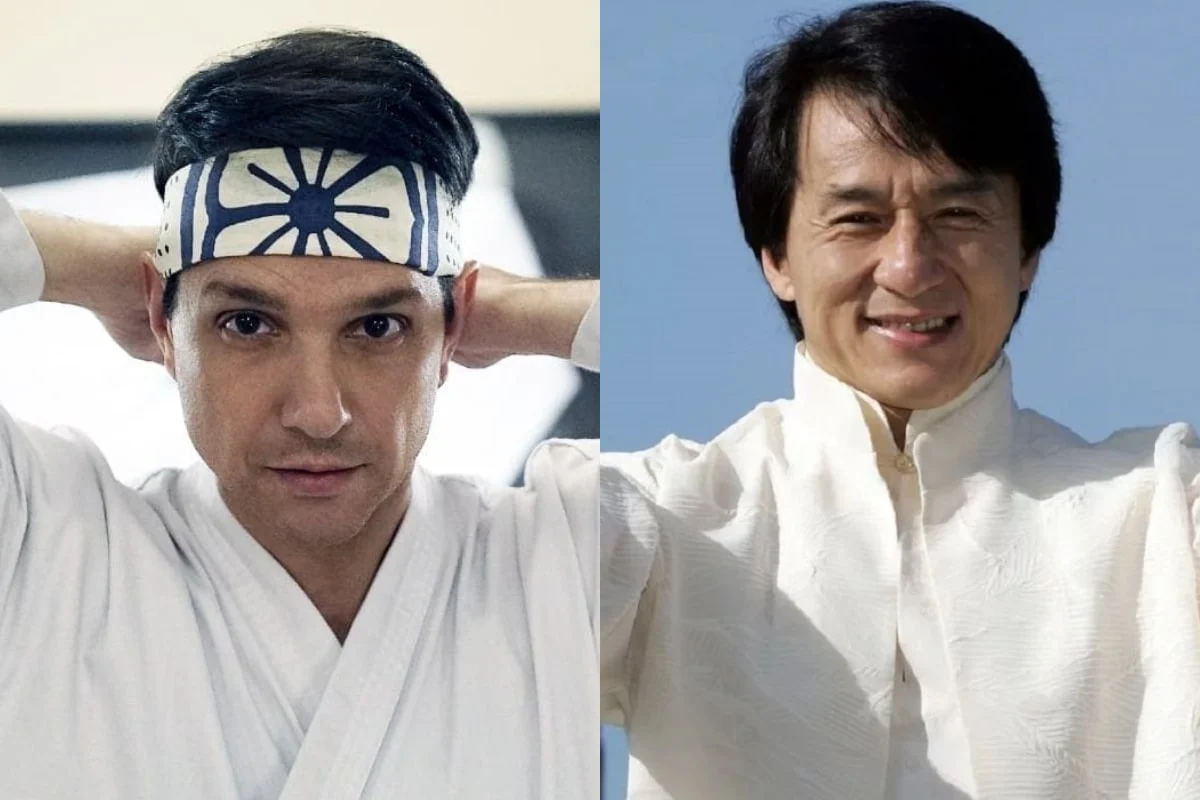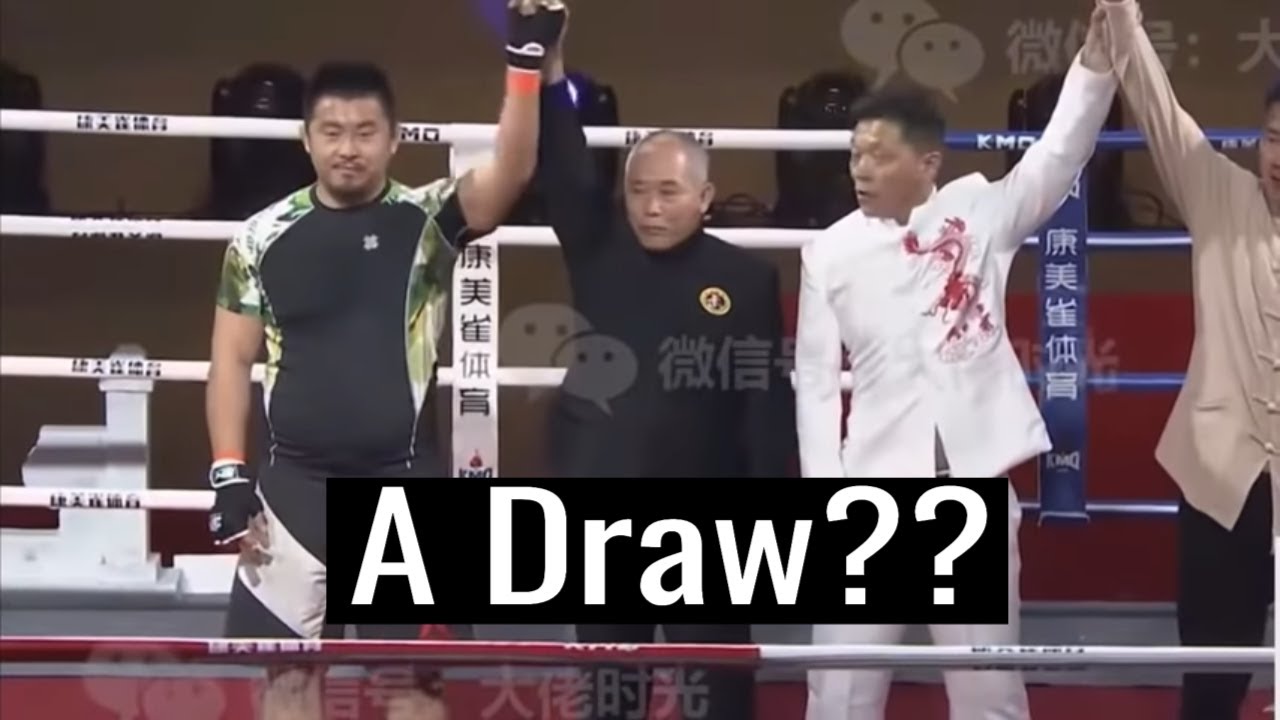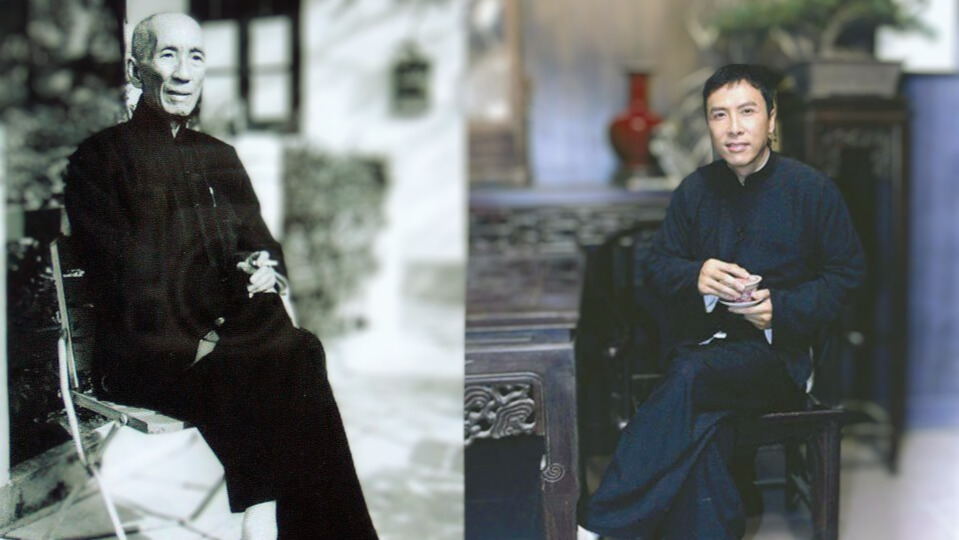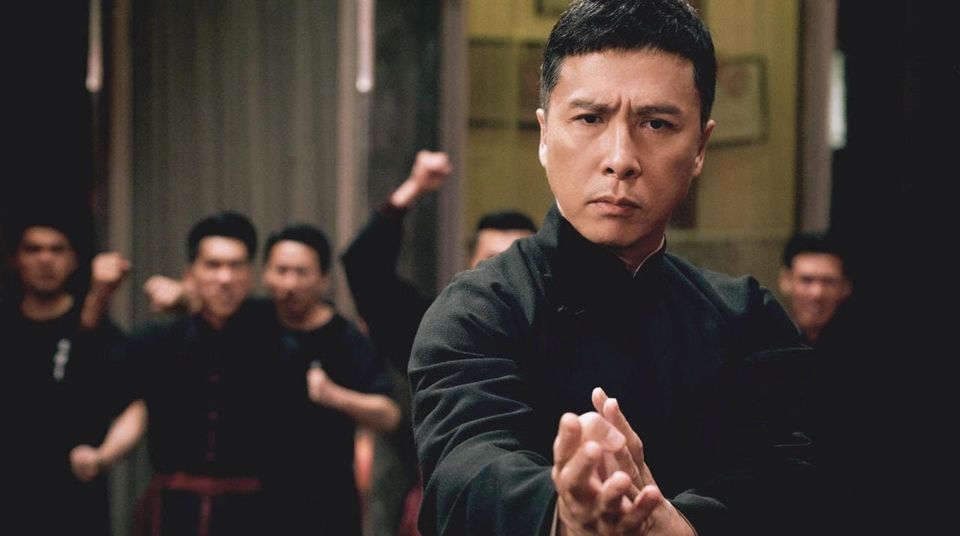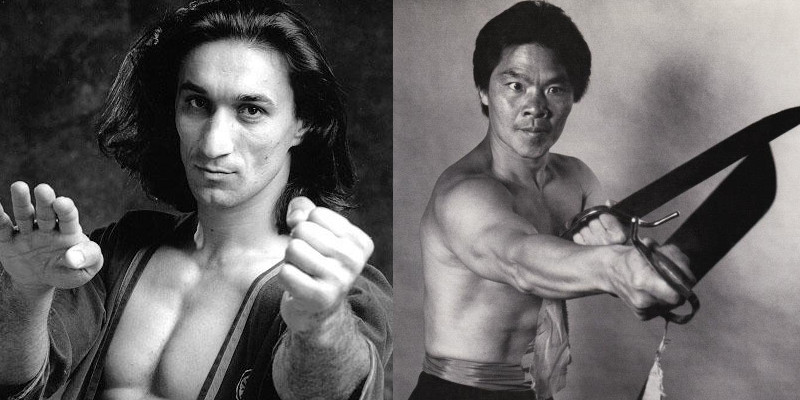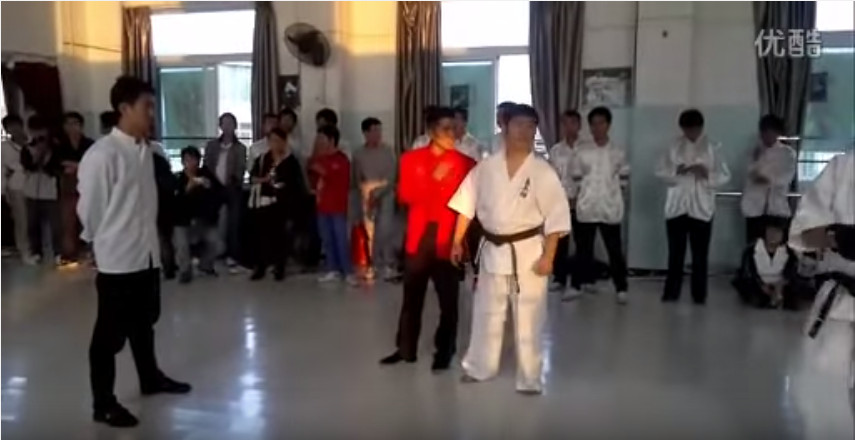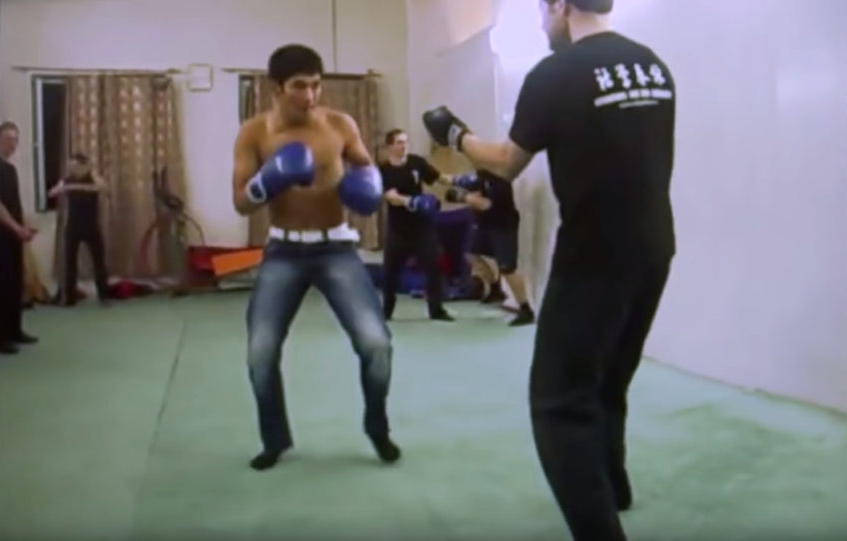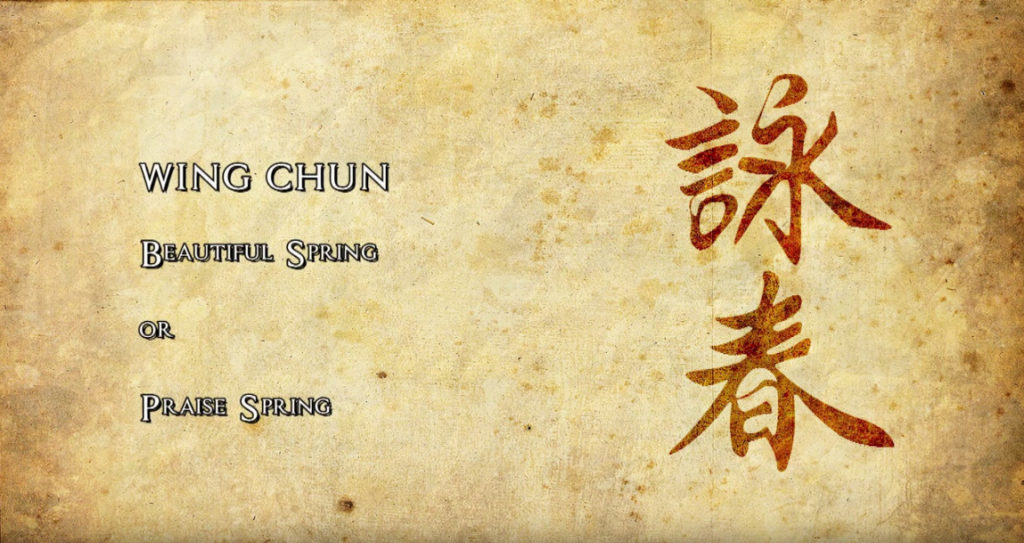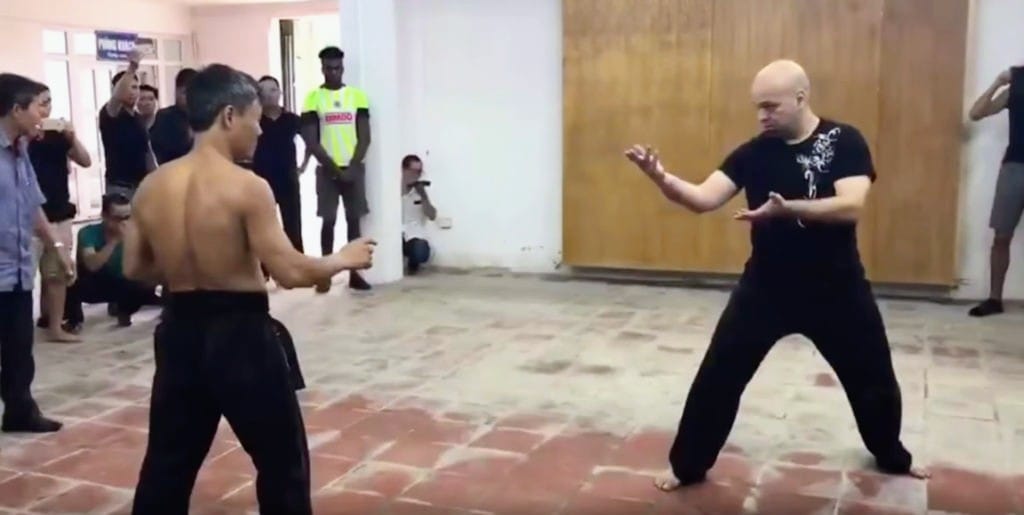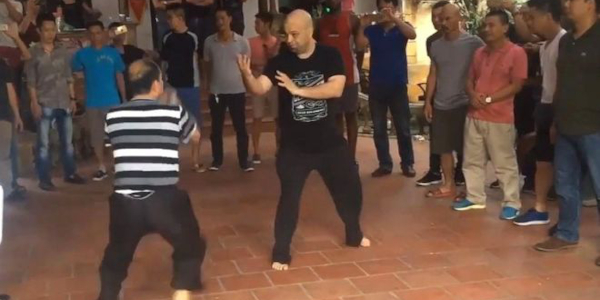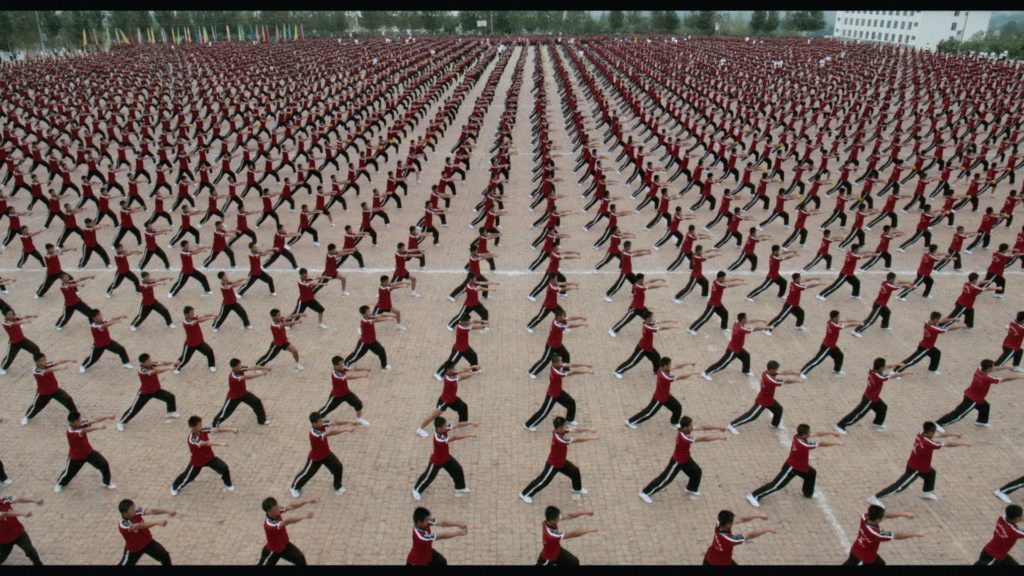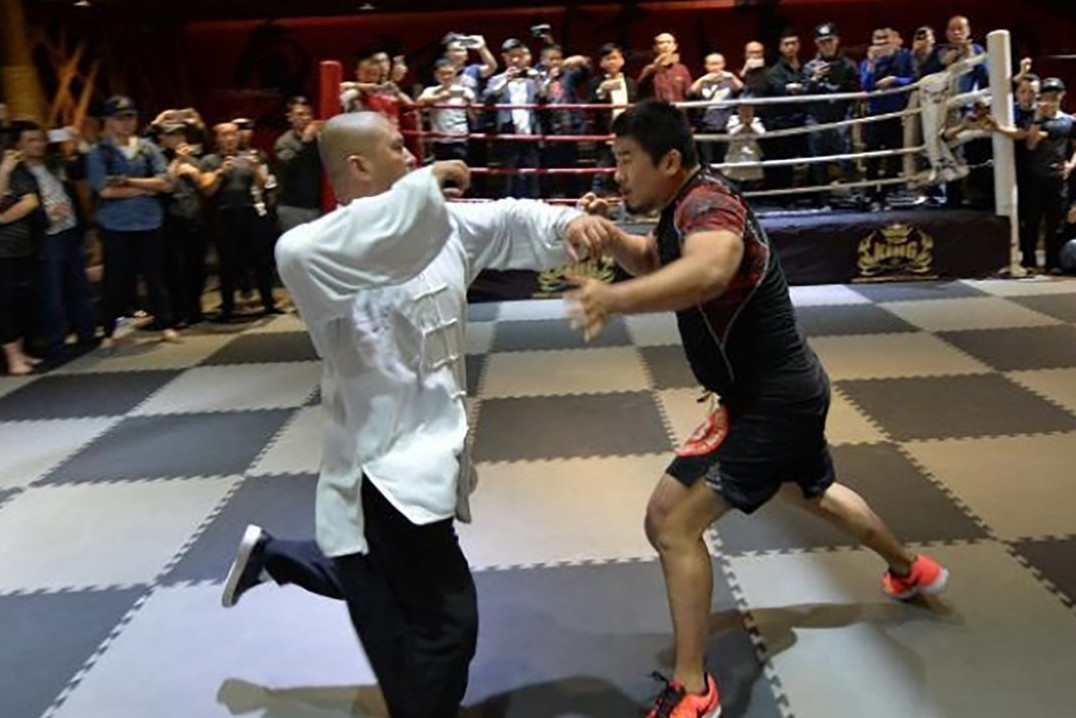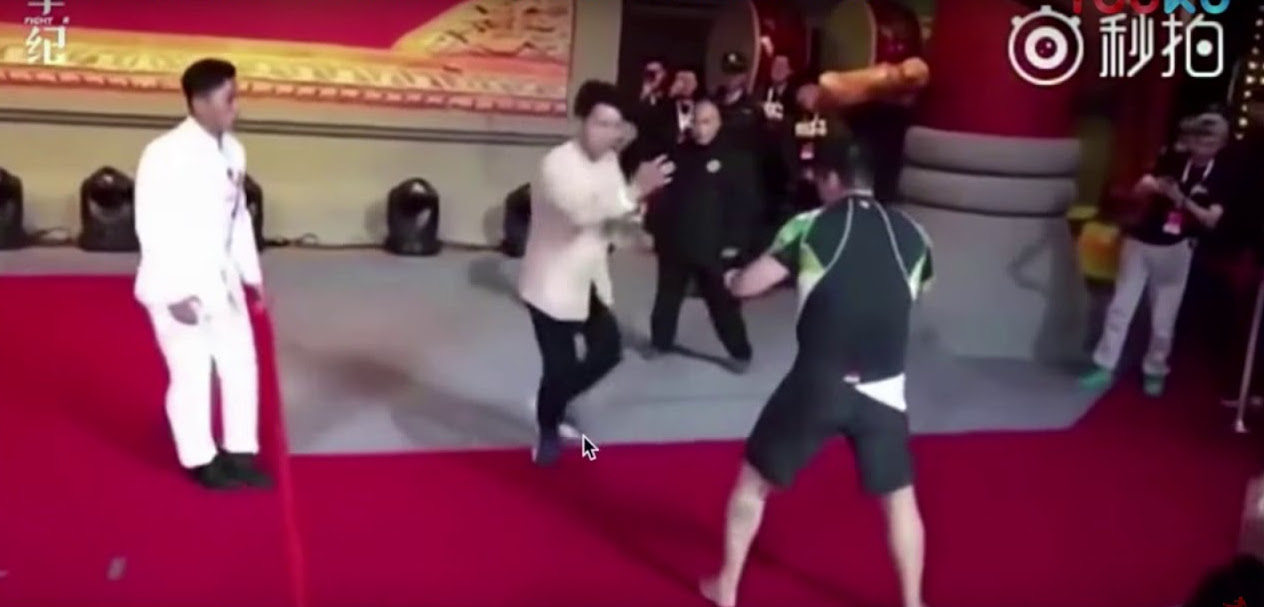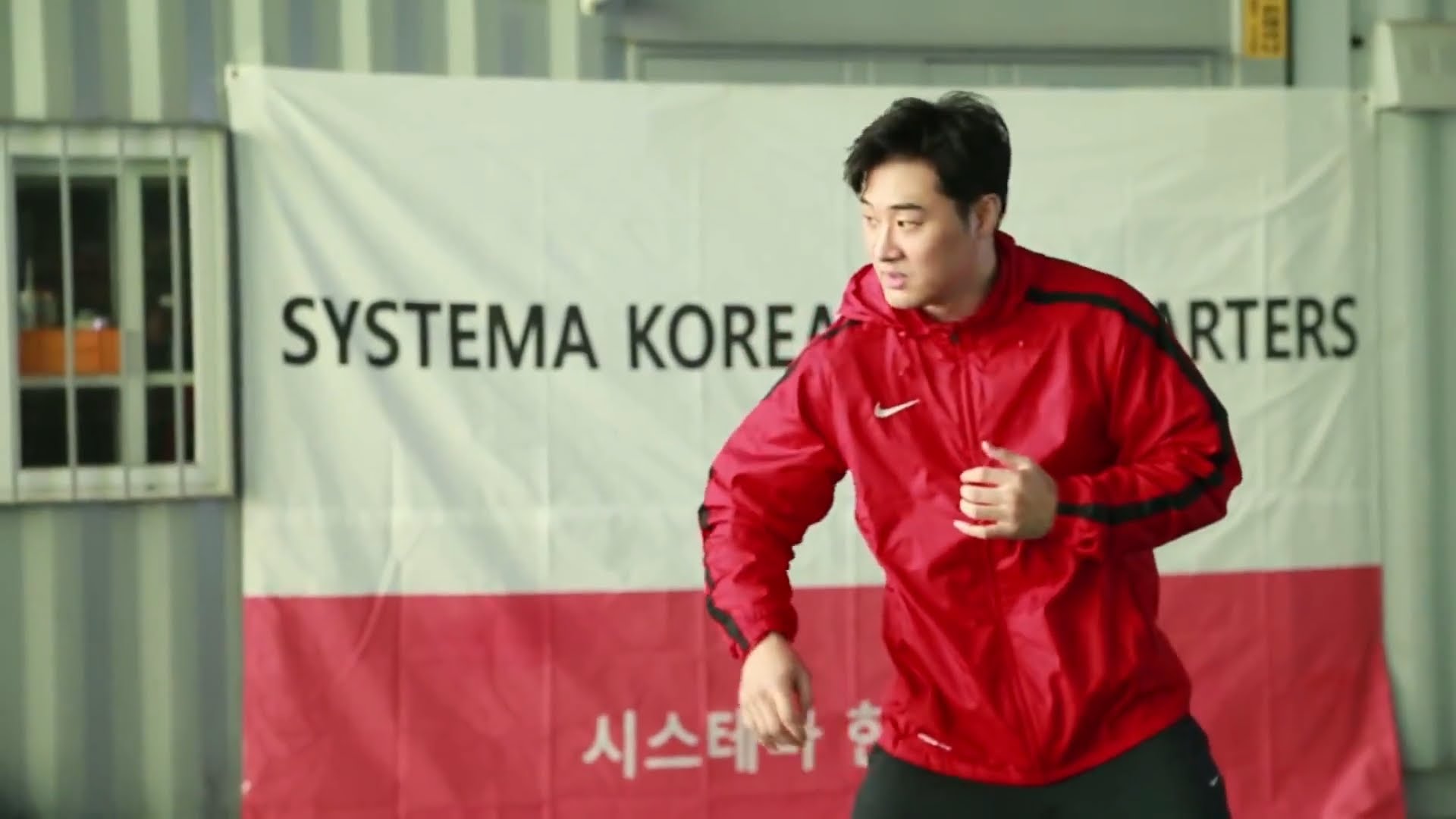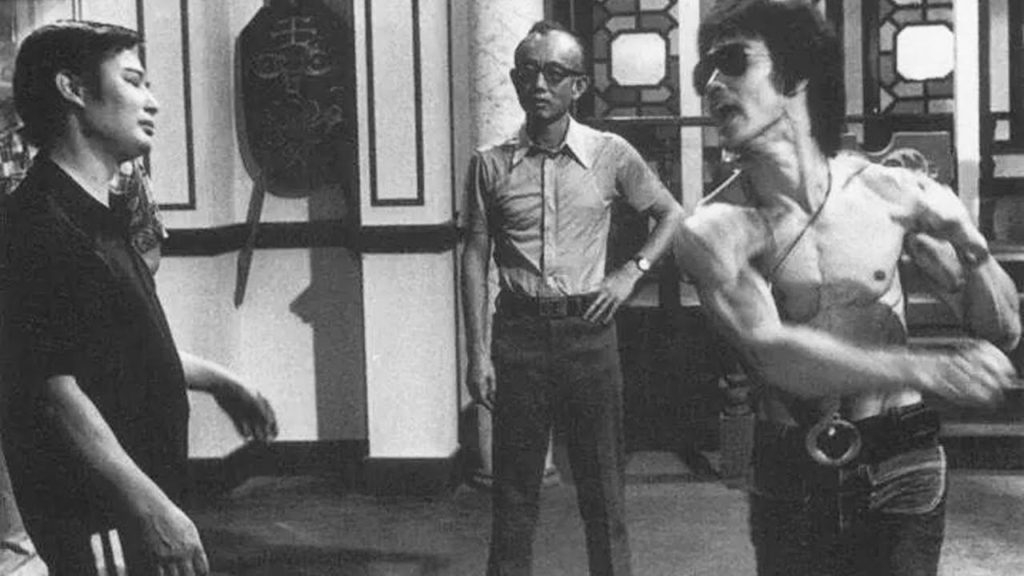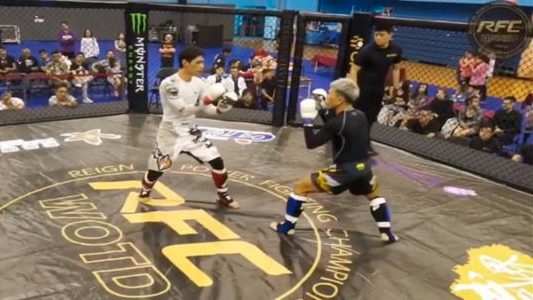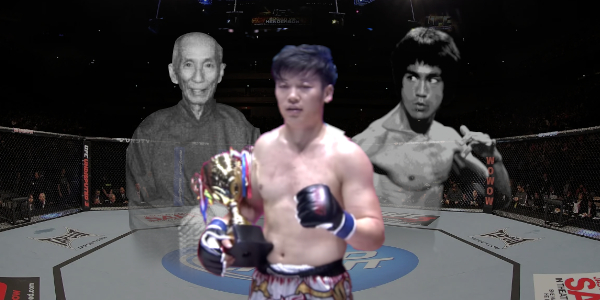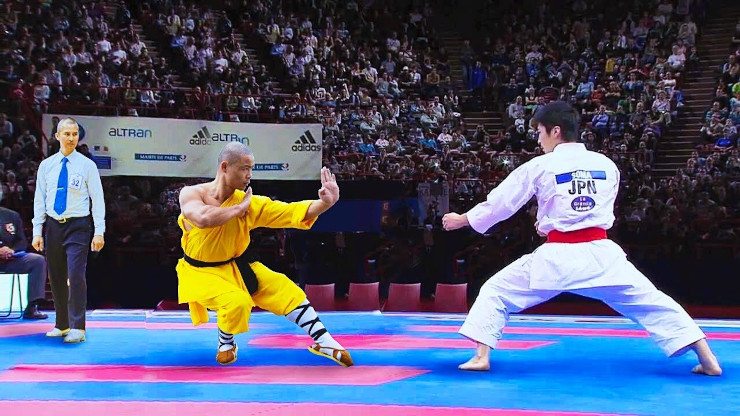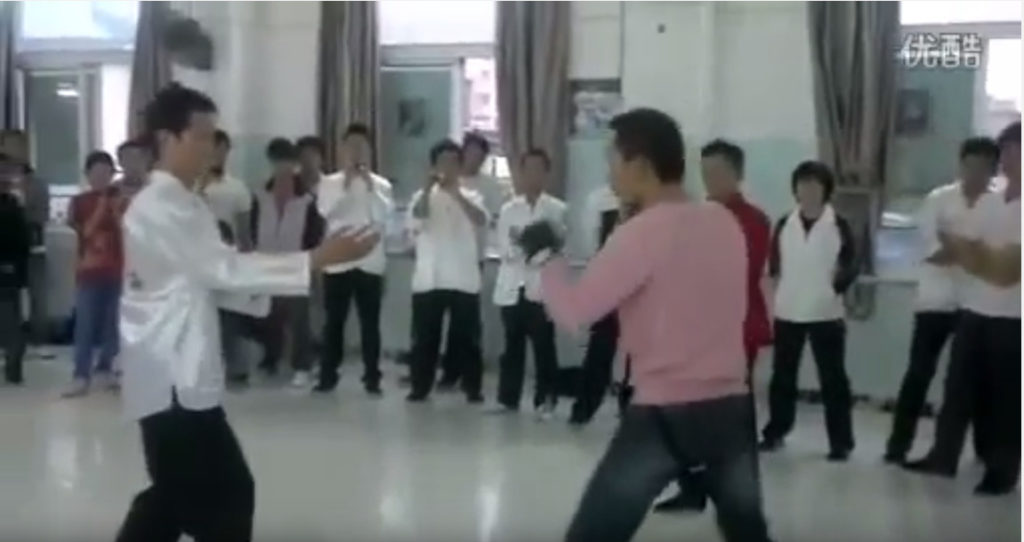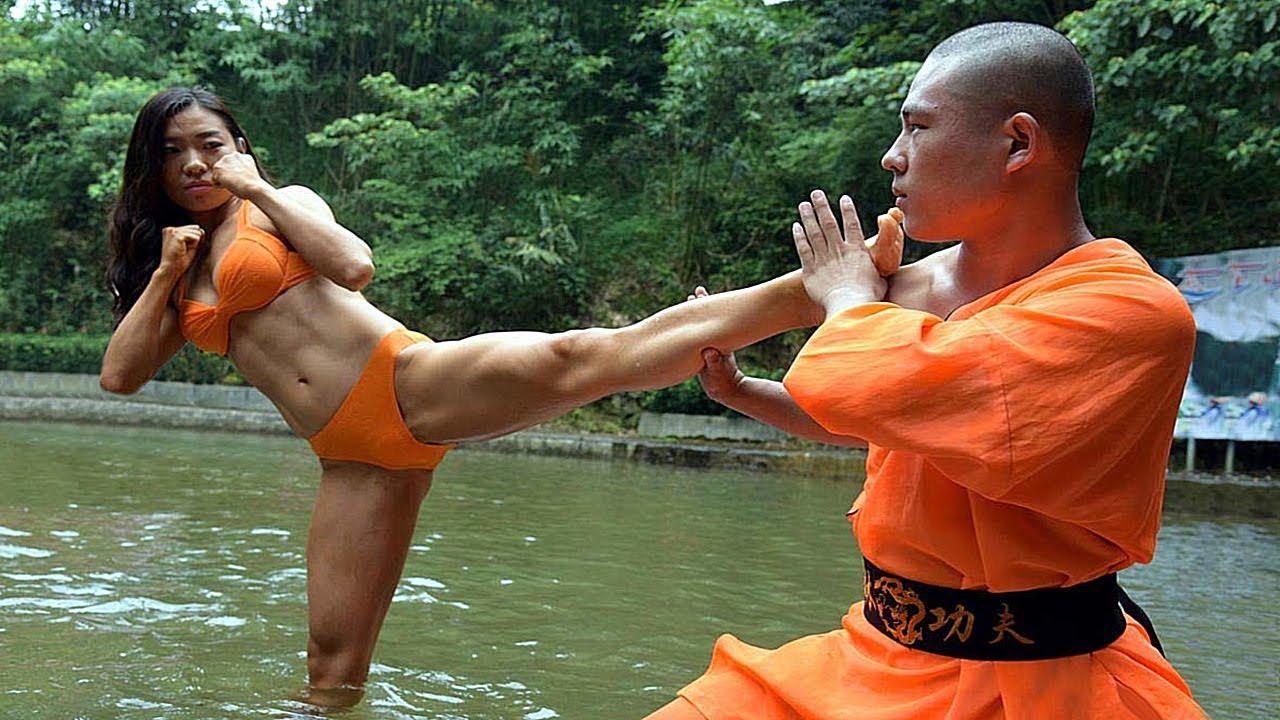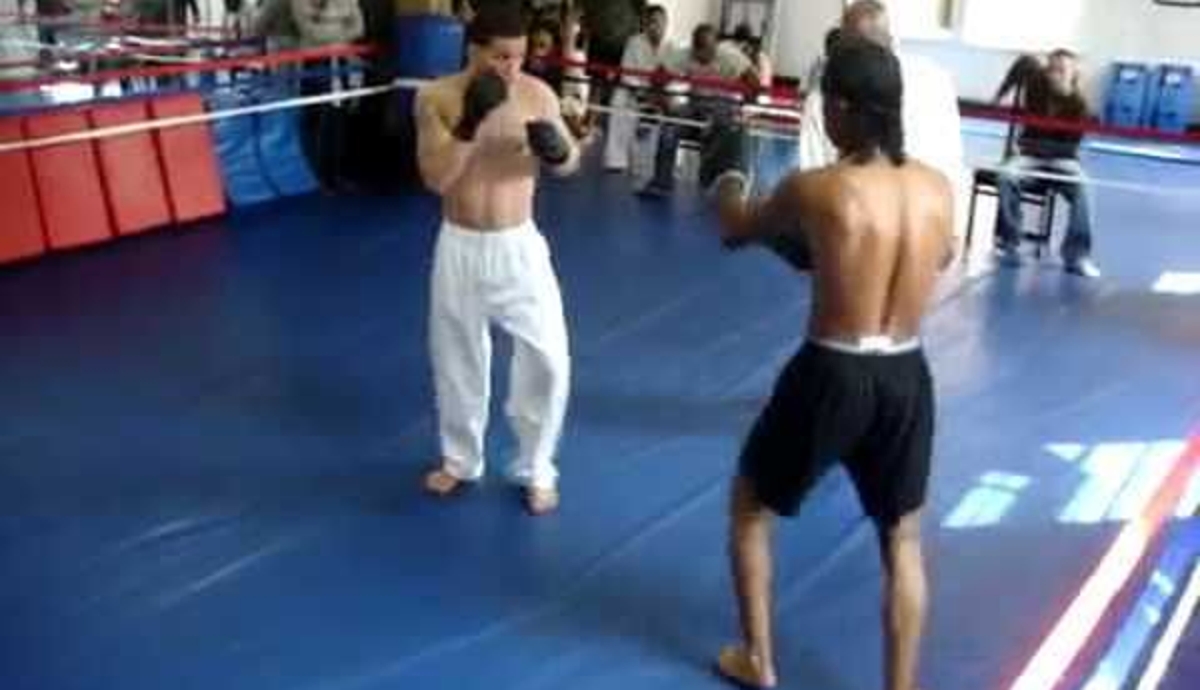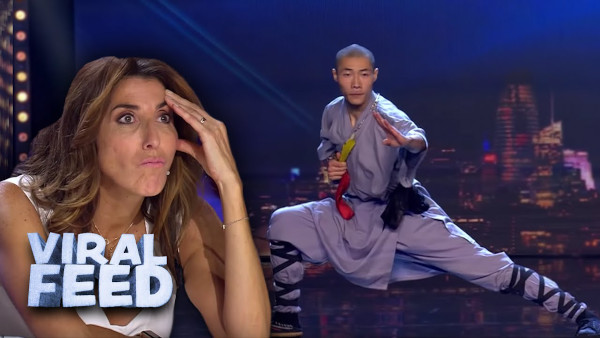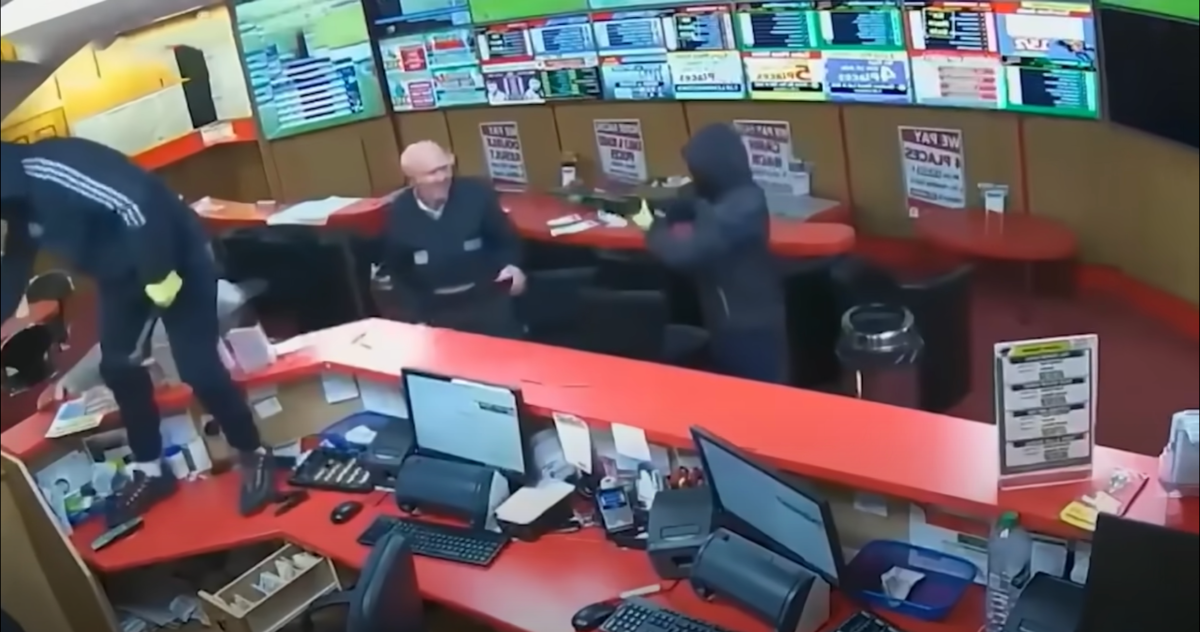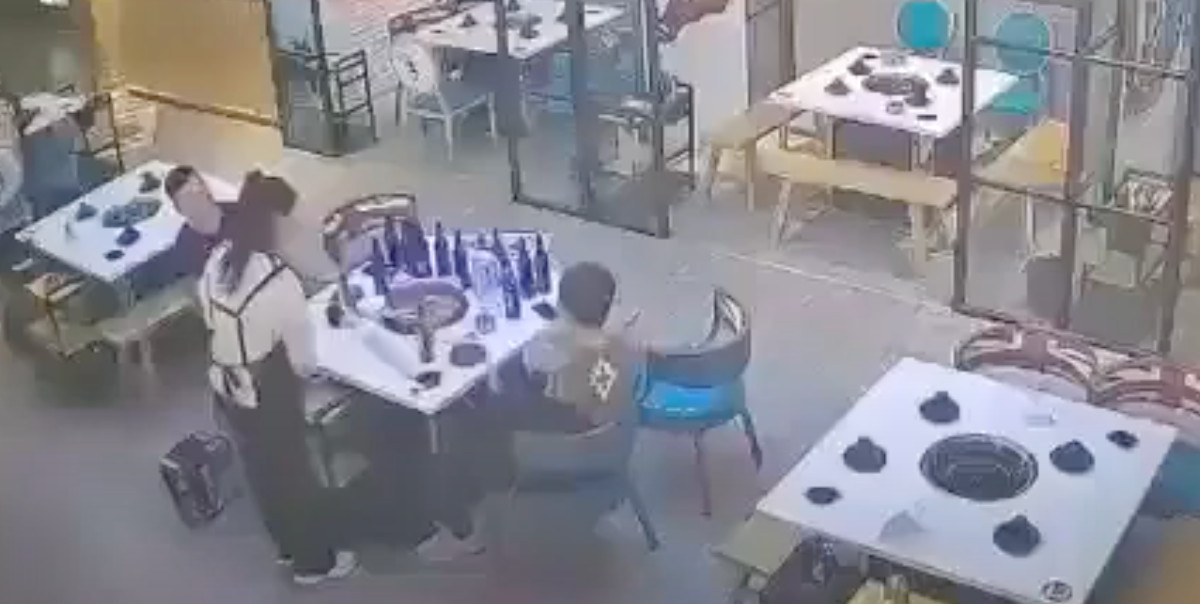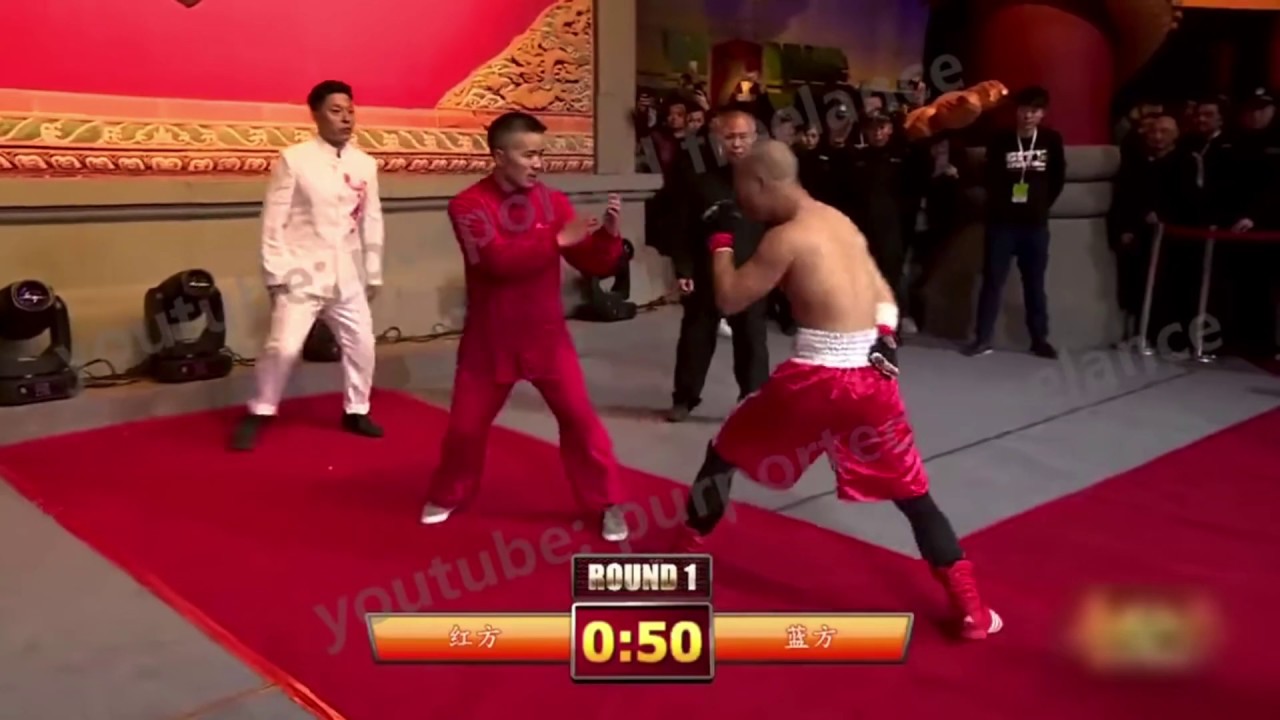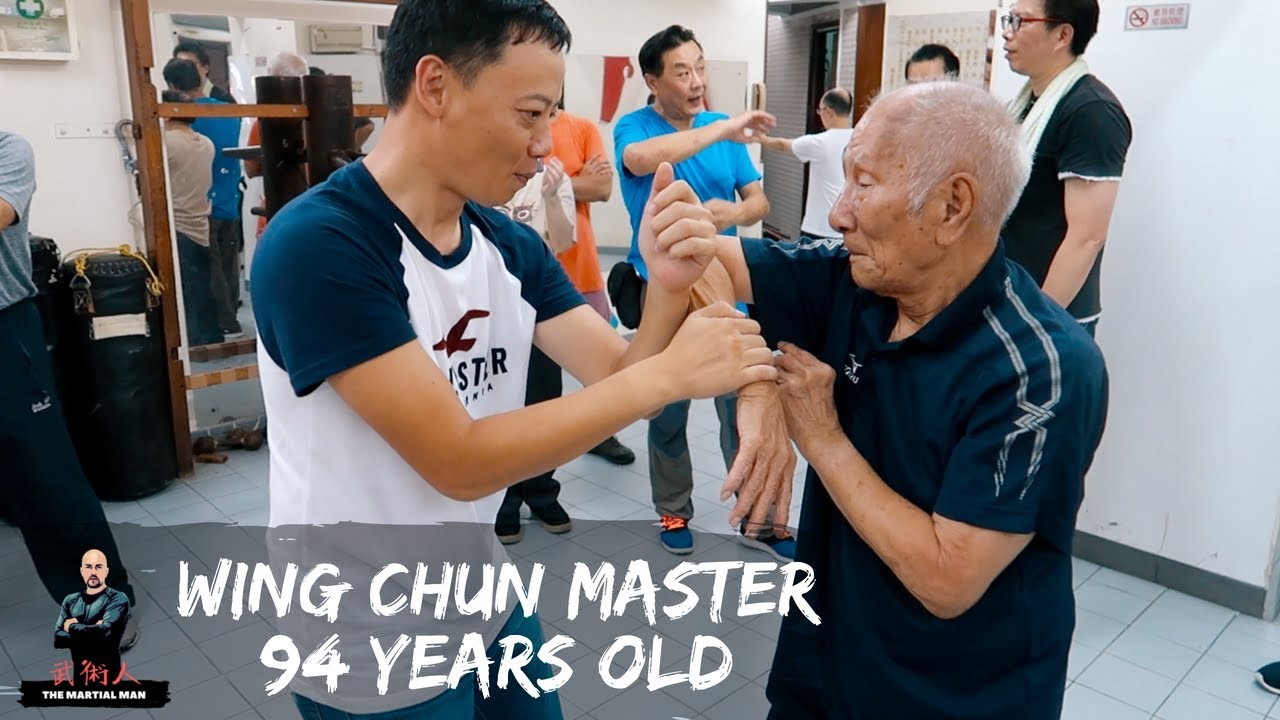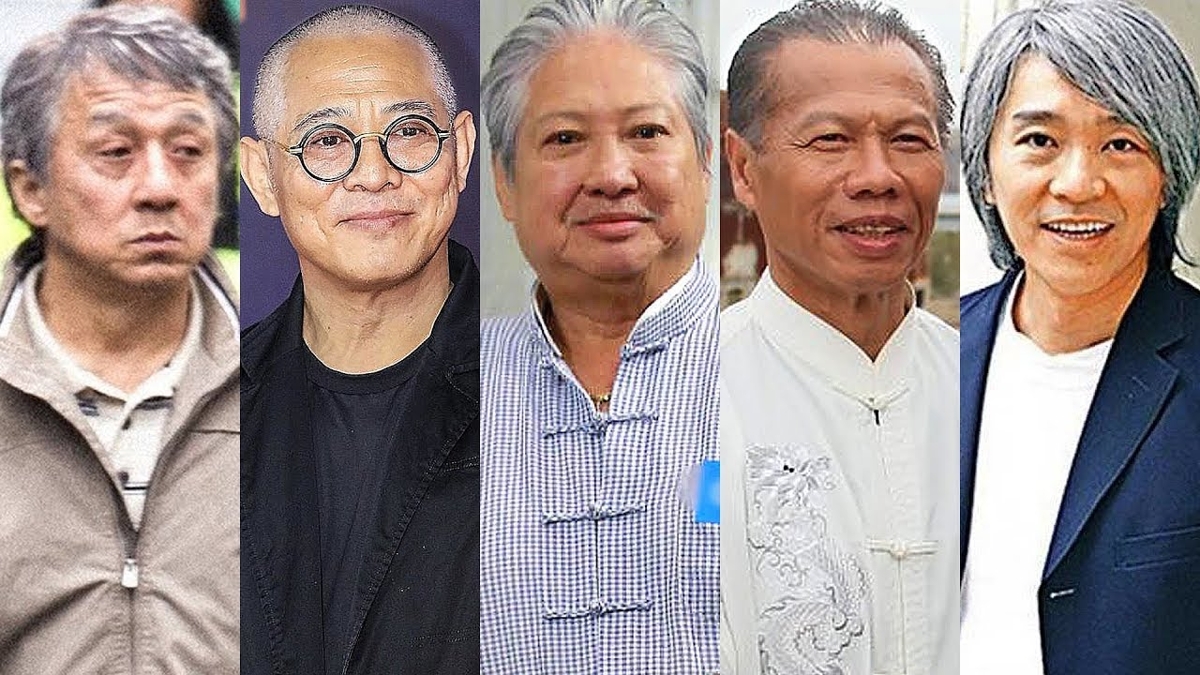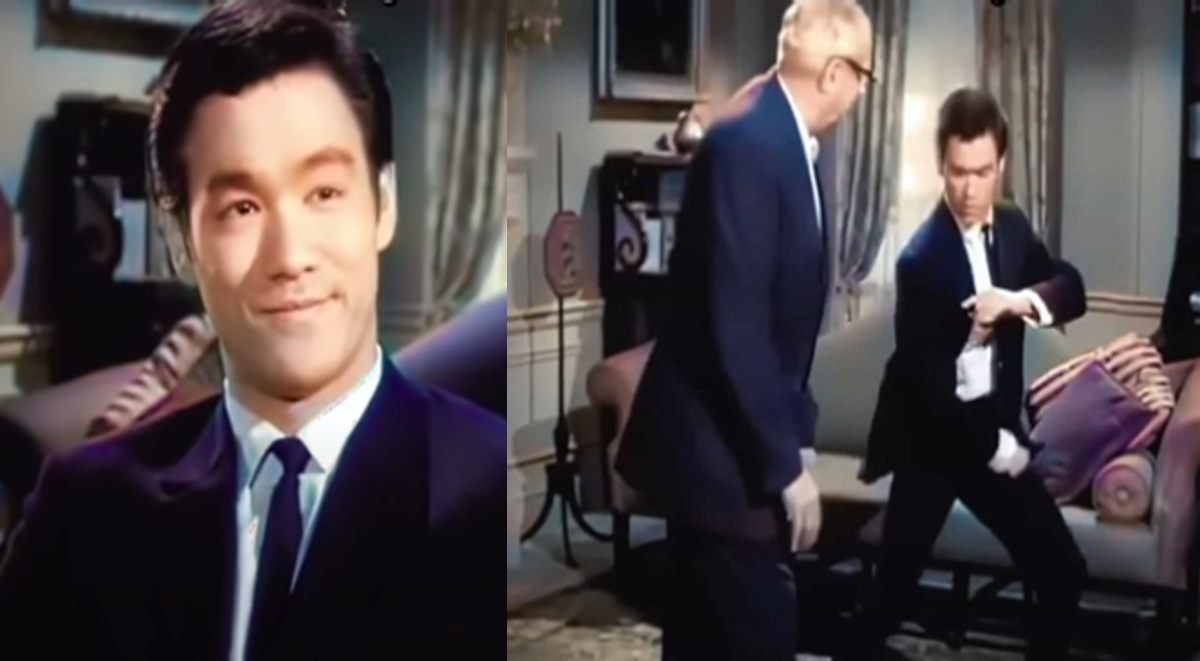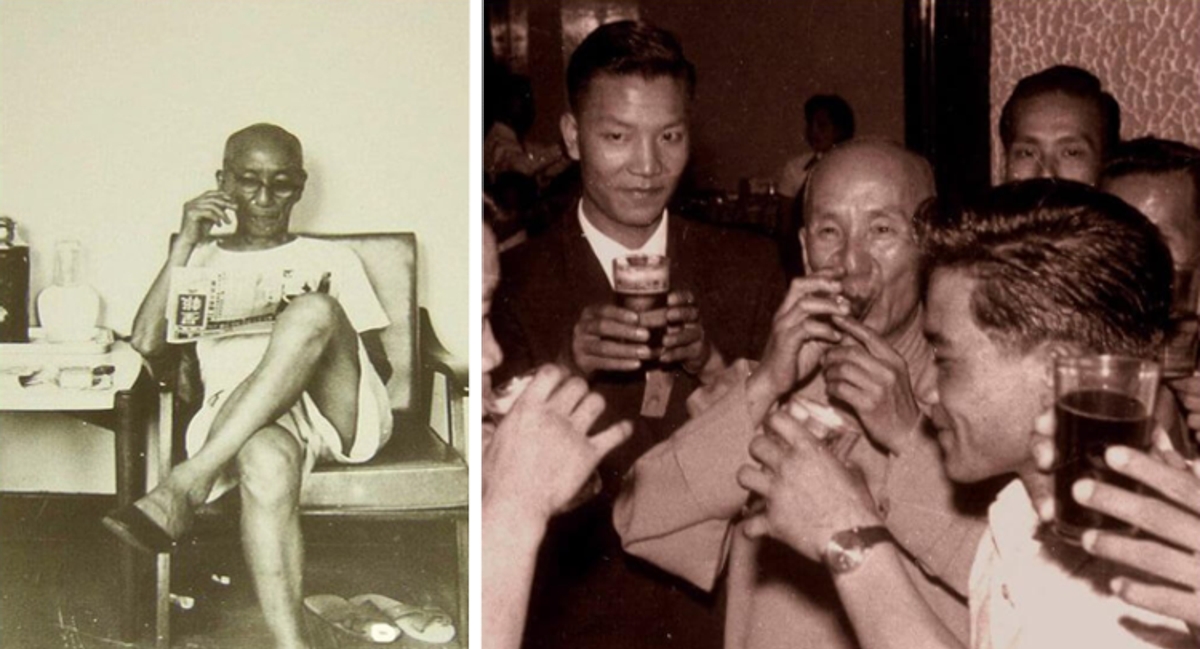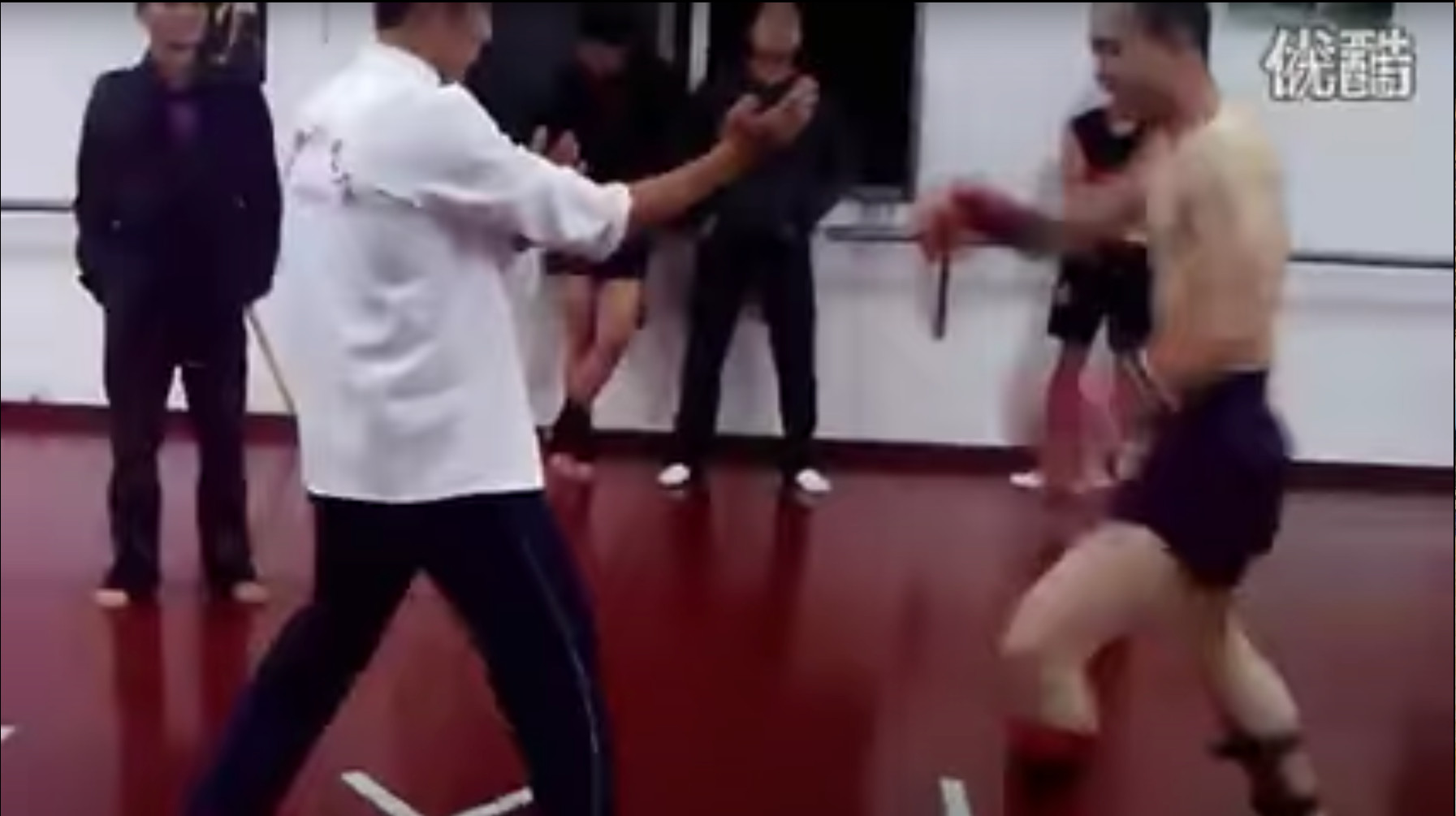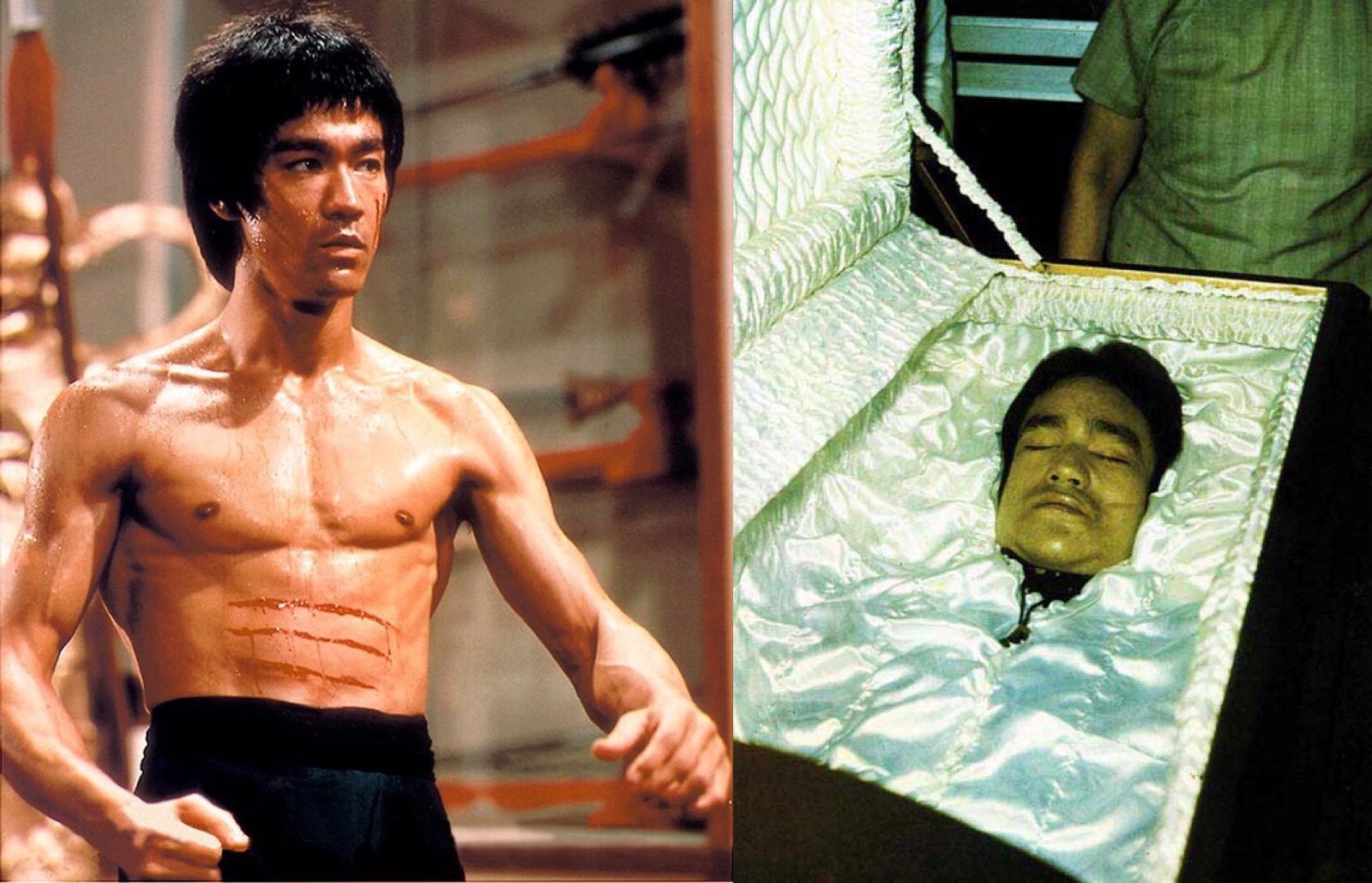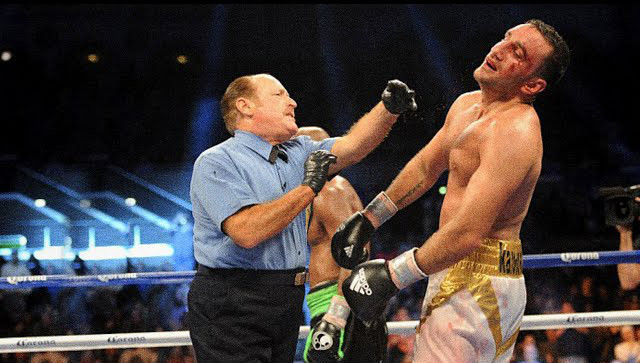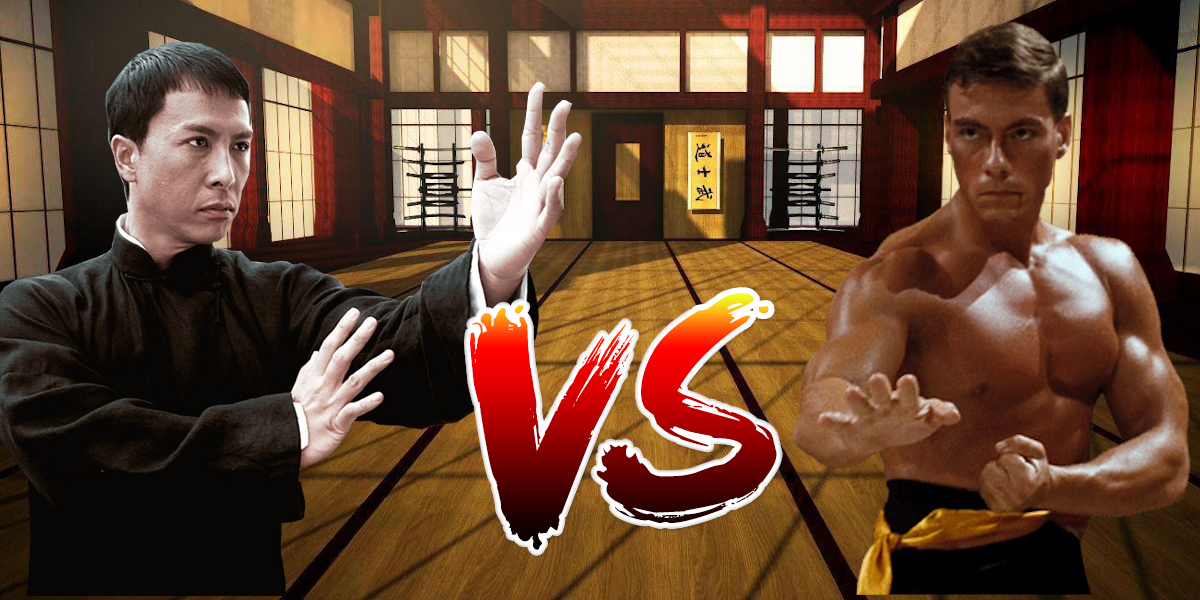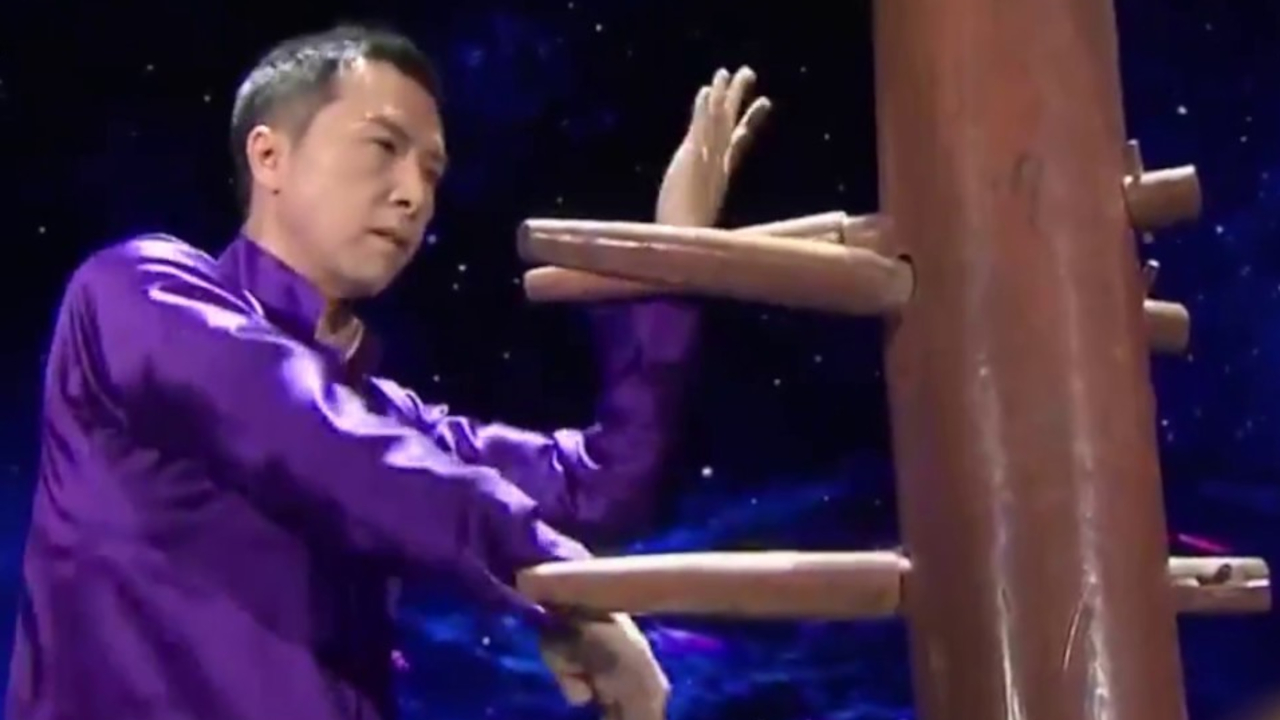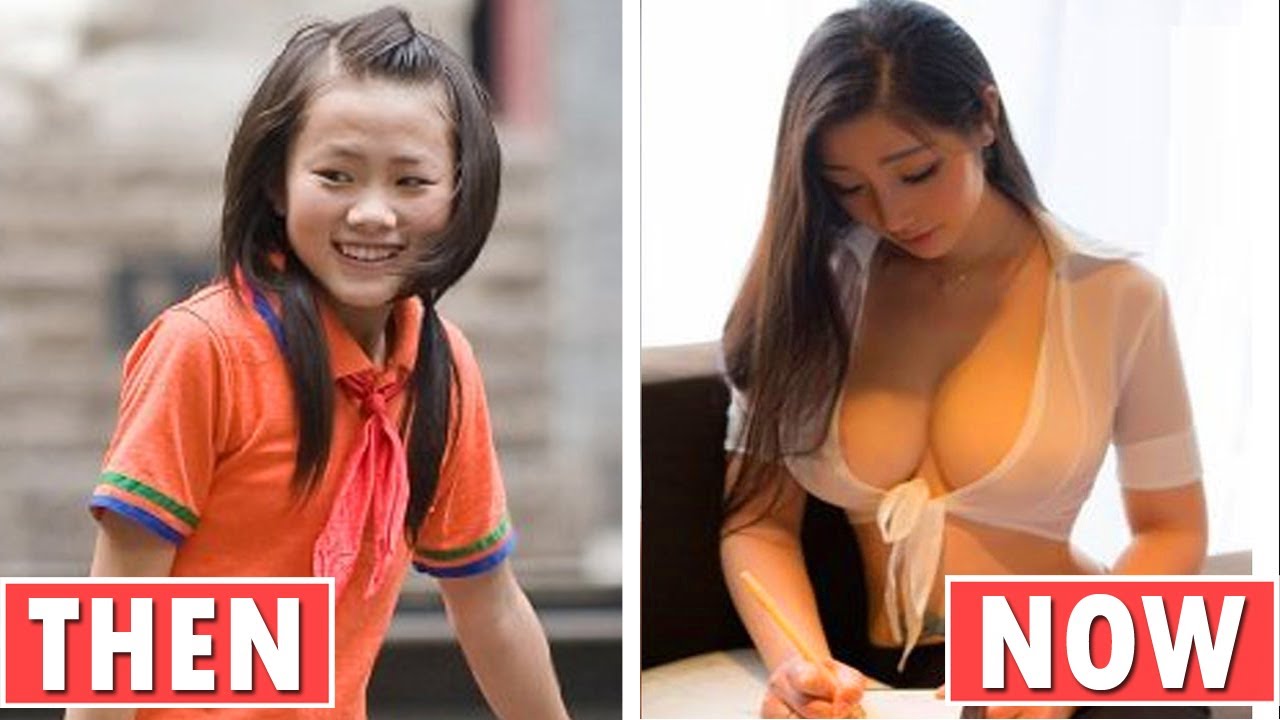Don't Mess with Wing Chun Master | How to become a Wing Chun Master
Reading time: 10 minutes
Wing Chun is a martial art that has gained popularity worldwide for its practicality and effectiveness in self-defense situations. It is a style that emphasizes speed, precision, and efficiency, making it a formidable weapon in the hands of a skilled practitioner. However, becoming a Wing Chun master is not an easy feat. It takes years of training, discipline, and dedication to reach that level of proficiency.
In this article, we will explore the key principles of Wing Chun, the benefits of training in this style, and the steps you can take to become a Wing Chun master. So, whether you are a martial arts enthusiast or simply curious about Wing Chun, read on to discover the secrets of this ancient Chinese art and how you can become a master of it. But remember, don't mess with a Wing Chun master, or you might regret it.
History of Wing Chun
The history of Wing Chun Kung Fu can be traced back many centuries. This martial art was developed in Southern China and is associated with the Shaolin Temple in the Fujian province. It is believed that the martial art was created by a Buddhist nun named Ng Mui, who was one of the legendary Five Elders of the Shaolin Temple. Wing Chun is a practical martial art that focuses on close-range combat and its techniques are designed to be used against a single opponent.
Suggested: History Of Wing Chun Kung Fu
It has become increasingly popular in recent years due to its effectiveness in self-defense and its excellent fighting applications. The focus of Wing Chun is to train the practitioner to react quickly and efficiently in any situation. It has become very popular in recent years due to its efficiency in self-protection and its ability to be used in combat. The primary objective of Wing Chun is to equip the practitioner with the skill to respond promptly and effectively in any circumstance.

Ng Mui, a Buddhist nun from the renowned Shaolin Temple and one of the top five martial artists of the Qing Dynasty, created Wing Chun, a fighting style recognized as one of the three great martial arts of Southern China. Rather than employing brute force, Ng Mui formulated Wing Chun to be a more efficient and effective way to fight. At leats, referring to the most popular legend surrounding Wing Chun Origins.
The practice of Wing Chun Kung Fu has a long and esteemed history. It has been used for centuries as a form of combat and self-defense, and it is still popular today. Its origins can be traced back to the Shaolin Monastery in China, where it is believed to have originated. It has spread throughout the world and is now widely practiced in many countries. Many martial artists consider it to be one of the most effective forms of martial arts.
It is said that she got her idea after observing a battle between a stork and a large rodent, in which the stork managed to use both its wings and legs to protect itself from the rodent's strikes. She named her martial arts technique Wing Chun, after one of her best students Yim Wing Chun, who utilized it to defend herself from a marriage proposal that she did not want.
Through the passing of time, Wing Chun has been taught to a small group of devoted followers, including renowned grandmaster Yip Man. He is credited with rescuing the style from being destroyed during the Chinese cultural revolution by his relocation to Hong Kong in 1948 and introducing the style to the public. Yip Man was well-known for being a formidable fighter and an excellent teacher, and is thought to have polished and perfected the system.
Suggested: Is The Ip Man Story Real?
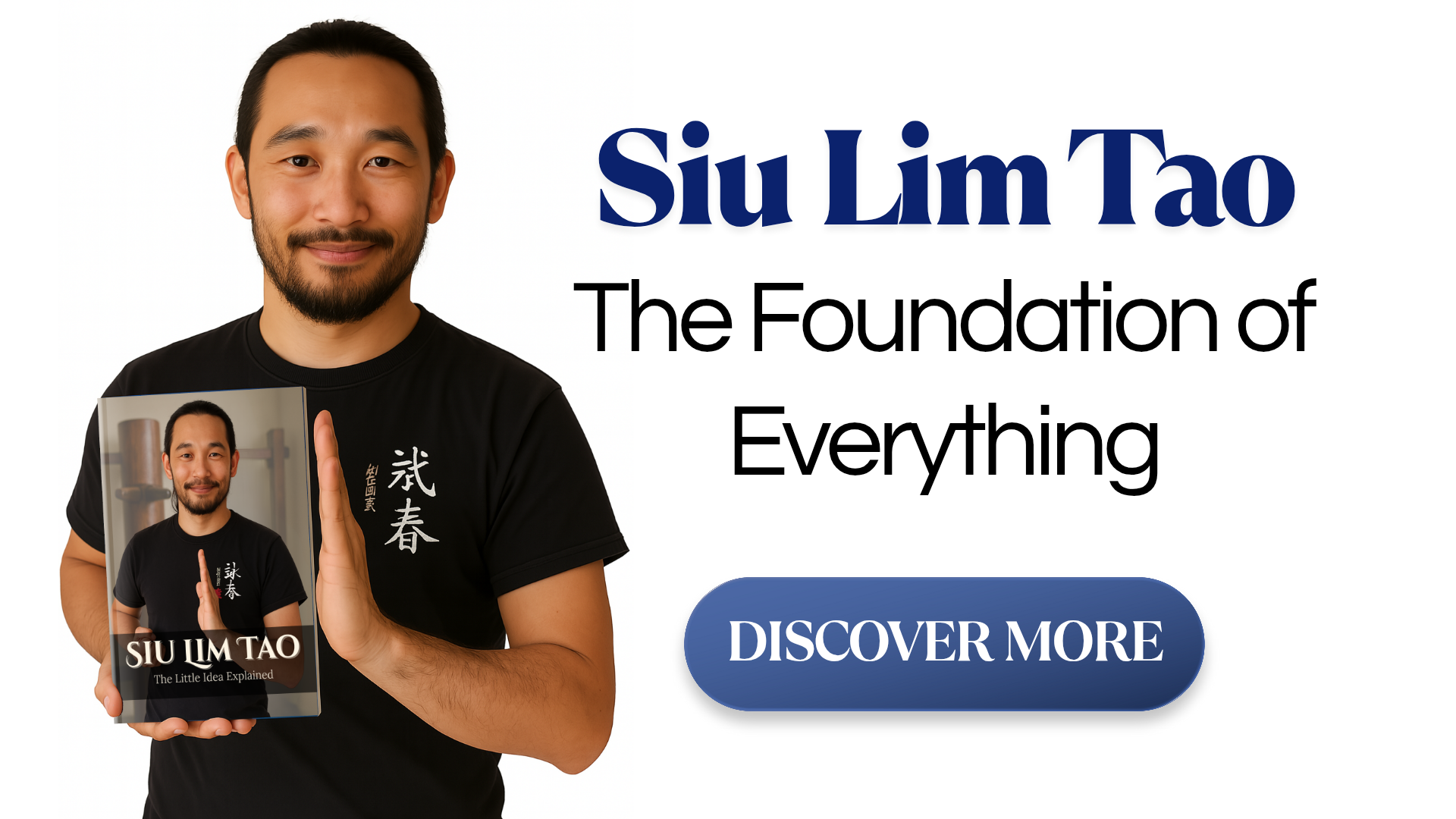
The genuine tale of Ip Man is a noteworthy one. He is renowned for being the teacher of Bruce Lee, and moreover for being a great exponent of the Wing Chun style of kung fu. He was born in Foshan, China in 1893 and passed away in 1972. His life was full of fighting, teaching, and inspiration. He was an expert in martial art and even trained a lot of students in the art of Wing Chun, including Bruce Lee. Ip Man lived his life with the highest level of respect and dedication to the art of kung fu, and his legacy still lives on today.
To be a Wing Chun master, a great deal of practice and time are needed. The quantity of training required to reach the highest level, known as Sifu, can vary, but typically it takes a student five to ten years to get there. Depending on the school, a few more tiers may exist past this point.
The Wing Chun martial art is comprised of three hand forms, two arms forms, and a wooden dummy form, with Siu Nim Tao being the foremost and most essential of them all. It provides the foundation for all the others and is the basic alphabet of the system. Practicing Siu Nim Tao is a lifetime endeavor and helps to create balance, establish body structure, and cultivate the power of relaxation which is essential for generating force properly.
Suggested: Siu Nim Tao - The First Form Of Wing Chun
The form of Siu Lim Tao, as demonstrated by Ip Chun, consists of a set of movements that are meant to be practiced in a precise and specific order. Through the execution of these moves, practitioners can gain a better understanding of the fundamentals of Wing Chun Kung Fu. This form helps to develop the practitioner's flexibility, power and balance, as well as their concentration and focus. It also assists in strengthening their overall technique.
In Wing Chun, the Tan Sao, Bong Sao, and Fak Sao are the three fundamental hand techniques. Moving in a circular manner, the movements take place around the center of the circle like the rotating joint of the shoulder. Such a round shape is capable of withstanding a greater external force than any other shape, thus making these maneuvers ideal for defending oneself in a conflict.
Chum Kiu is the second form and it is all about learning to move the body mass in coordination and to use entry techniques to bridge the gap between an attacker and the defender. By focusing on the center and ignoring the resistance, it is possible to turn with ease and the opposing person will be taken along for the journey. Moreover, short-range assaults such as the elbows and knees are also developed in this form. Additionally, the Chum Kiu form teaches one to generate a multi-vector force.
A classic illustration of this type of energy is the combination of the Bong Sao and Dai Sao movements in a side-stepping motion. This synchronous action of one arm forming a circular shape with the Bong Sao, and the other arm performing a rising Dai Sao, creates a trifecta of power. The amalgamation of all these forces produces high levels of strength.
The last form, Biu Jee, includes a variety of short-range techniques such as low kicks, sweeps, and counter-attacks for when the practitioner is in serious danger. Moreover, Chum Kiu's pivoting and stepping are combined with upper body movements and stretching to produce increased strength. These motions include close-range elbow strikes and finger thrusts to the throat. With mastery of these three forms of Wing Chun, one can reach the Sifu's black belt level.

The next step in Wing Chun is the Mook Yan Jong, which is done using a Wooden Dummy as a tool. This helps the student understand how to use the art in combat against an opponent. Through Mook Yan Jong, students can gain improved power from their waist, conditioning for their hands and arms, and an improved understanding of the correct distance.
The wooden dummy is a staple in the practice of Wing Chun Kung Fu, a Chinese martial art. It is used as a partner to practice a variety of techniques and help with the development of a practitioner’s skill. The dummy is a wooden post with arms and legs attached, designed to help practitioners hone their technique. Used correctly, it can be an invaluable tool in learning this martial art.
Wing Chun is a martial art that is traditionally known to use two weapons: the Butterfly Swords and the Dragon Pole. This pole is made of wood and measures anywhere from 8 to 13 feet in length. It is used with lightning-fast footwork, both in attacking and defending, to get in and out of range quickly. It's said that the winner of a fight can be determined just by hearing the first clash of the Dragon Pole.
Employed in several Chinese martial arts, the use of butterfly swords in Wing Chun is quite distinctive. It is believed that the same underlying principles of movement used with the butterfly swords can be applied to any object held by the practitioner as the application of butterfly swords is merely an expansion of empty-handed fighting. Thus, the same fundamental rules apply to all forms of weaponry.

Being certified as a Sifu in Wing Chun implies that one is recognized by their teacher to impart knowledge to others. Some interpret the term Sifu to mean master, yet the literal translation of the word is comprised of two characters signifying teacher and father. For some schools, it requires seven years of study to become a Sifu. Becoming a master, however, can take a lifetime.
Wing Chun is a journey for exploring one's self, and it has no end in terms of what can be acquired through it.
This video will explore the amount of training and commitment necessary to achieve mastery in Wing Chun. Let's take a look!
Thank you. Your comment will be approved shortly.
Comments
Thank you. Your comment will be approved shortly.
Thank you. Your comment will be approved shortly.
Thank you. Your comment will be approved shortly.
Thank you. Your comment will be approved shortly.
Thank you. Your comment will be approved shortly.


